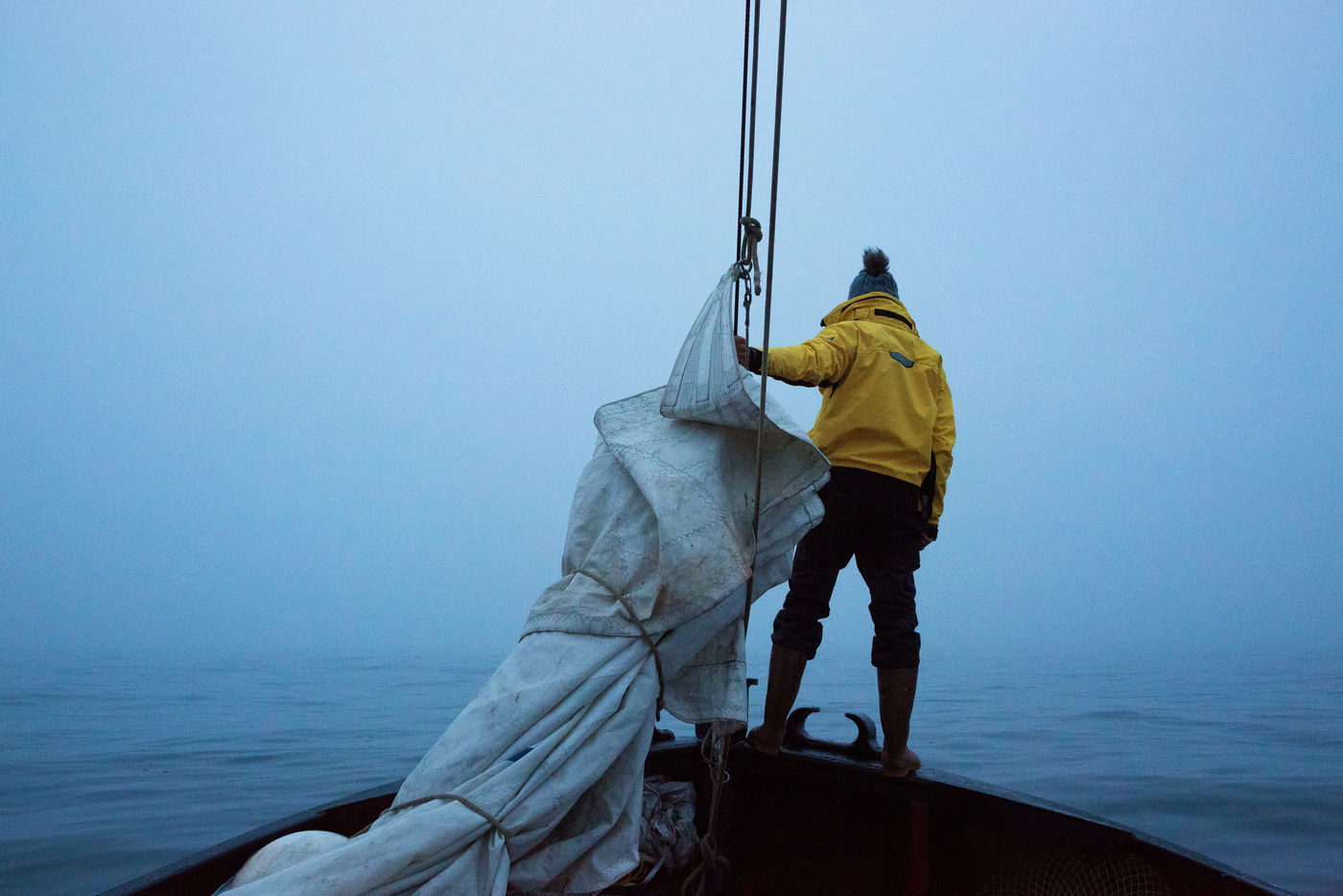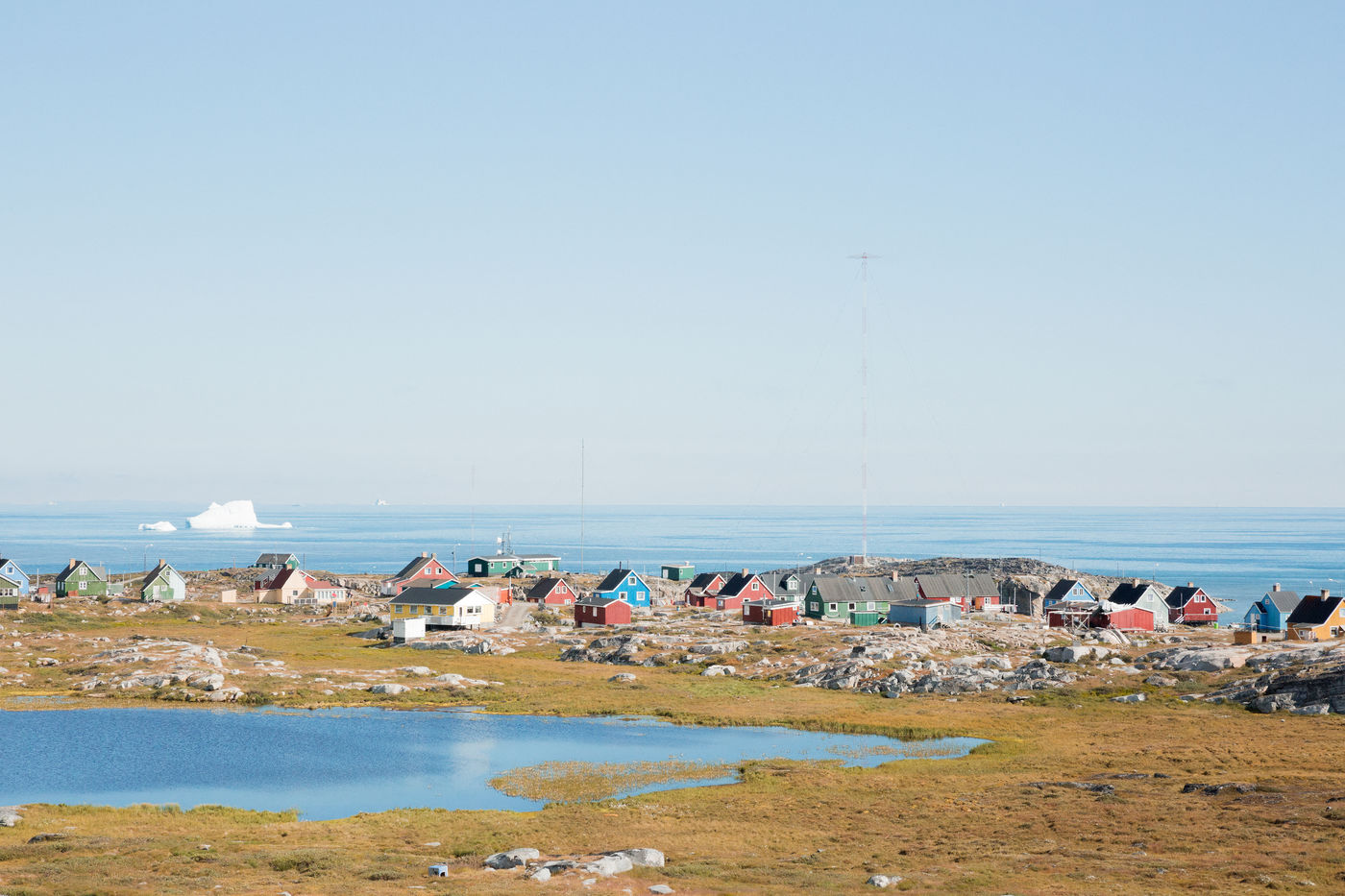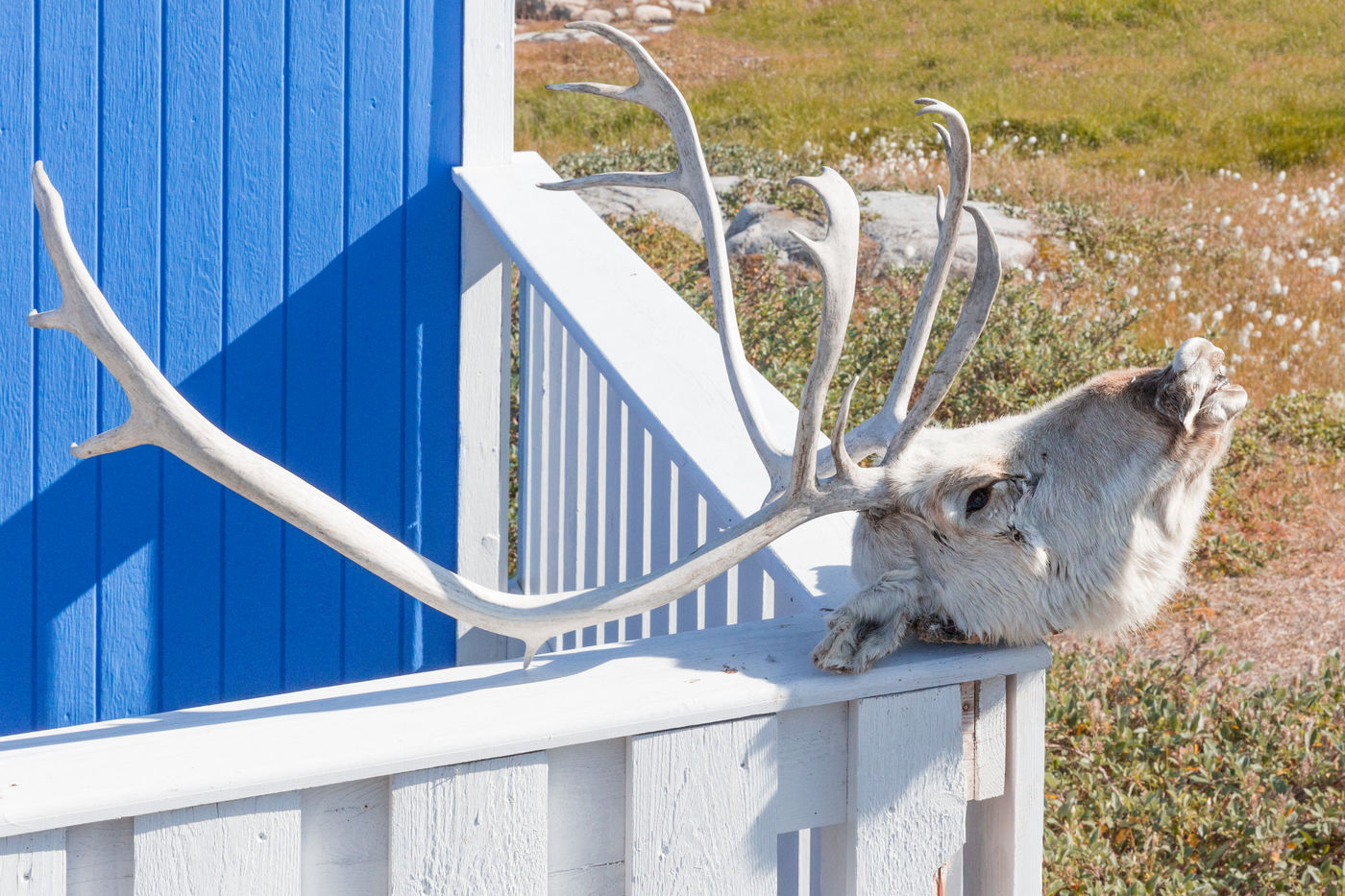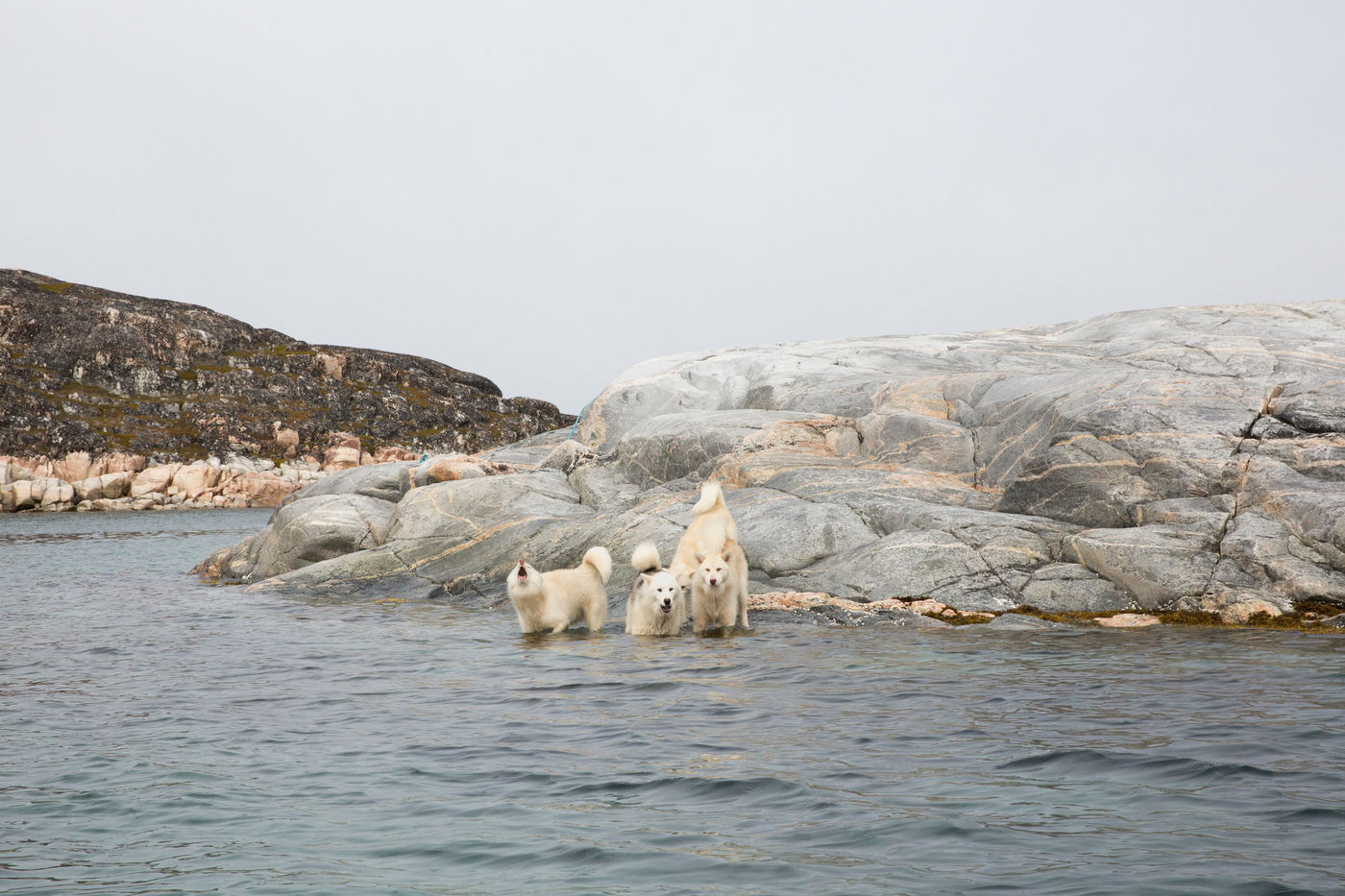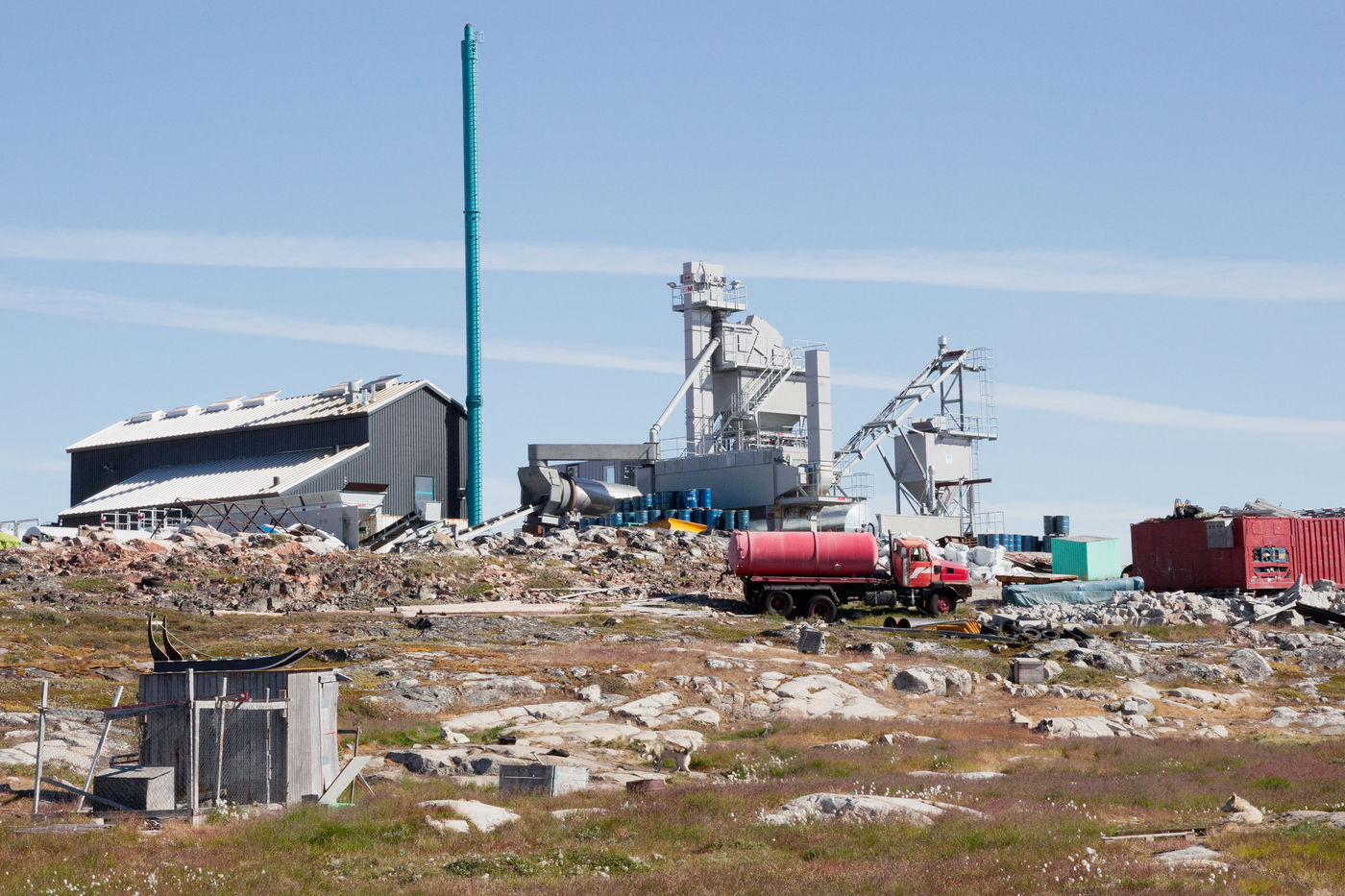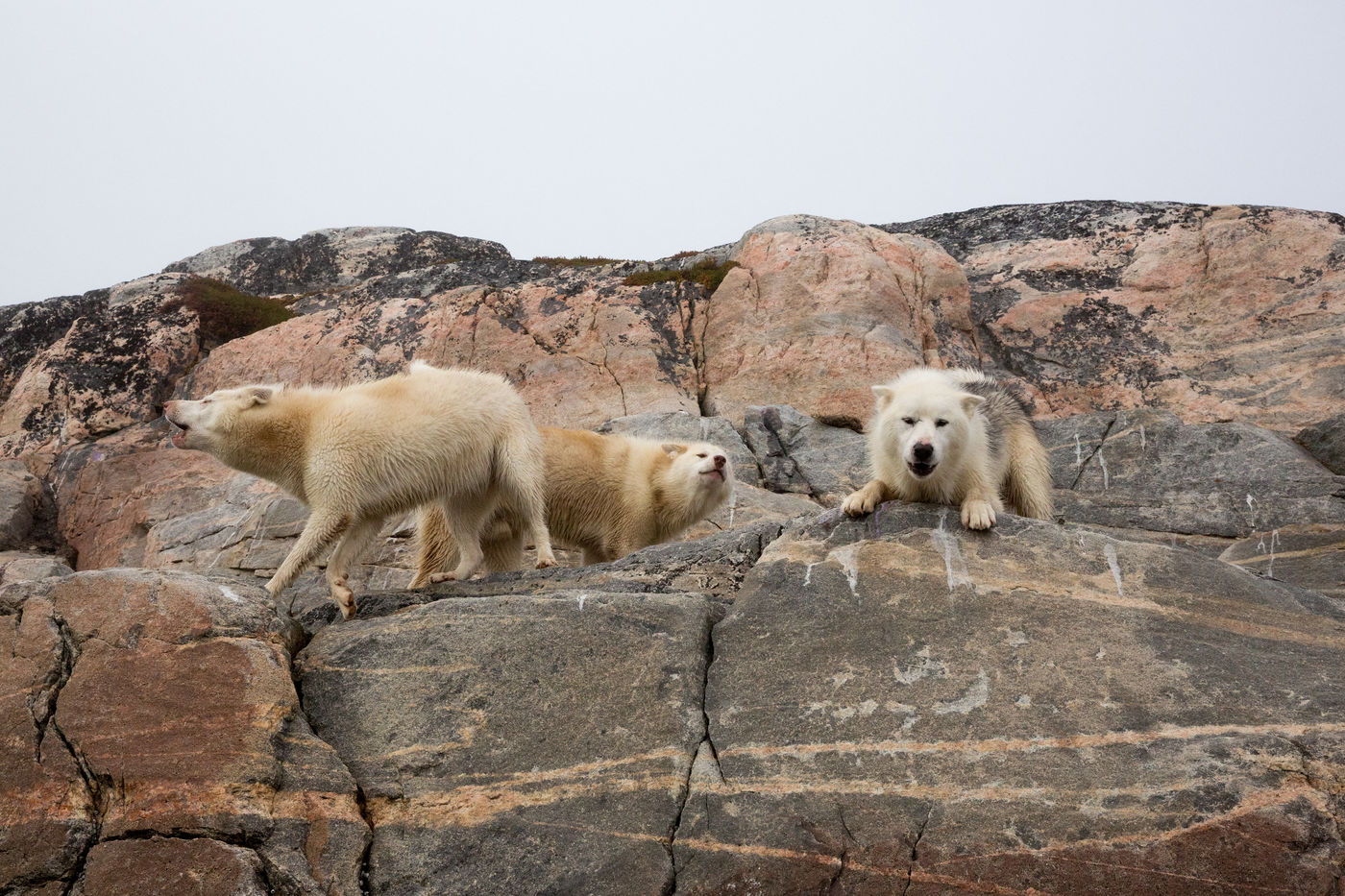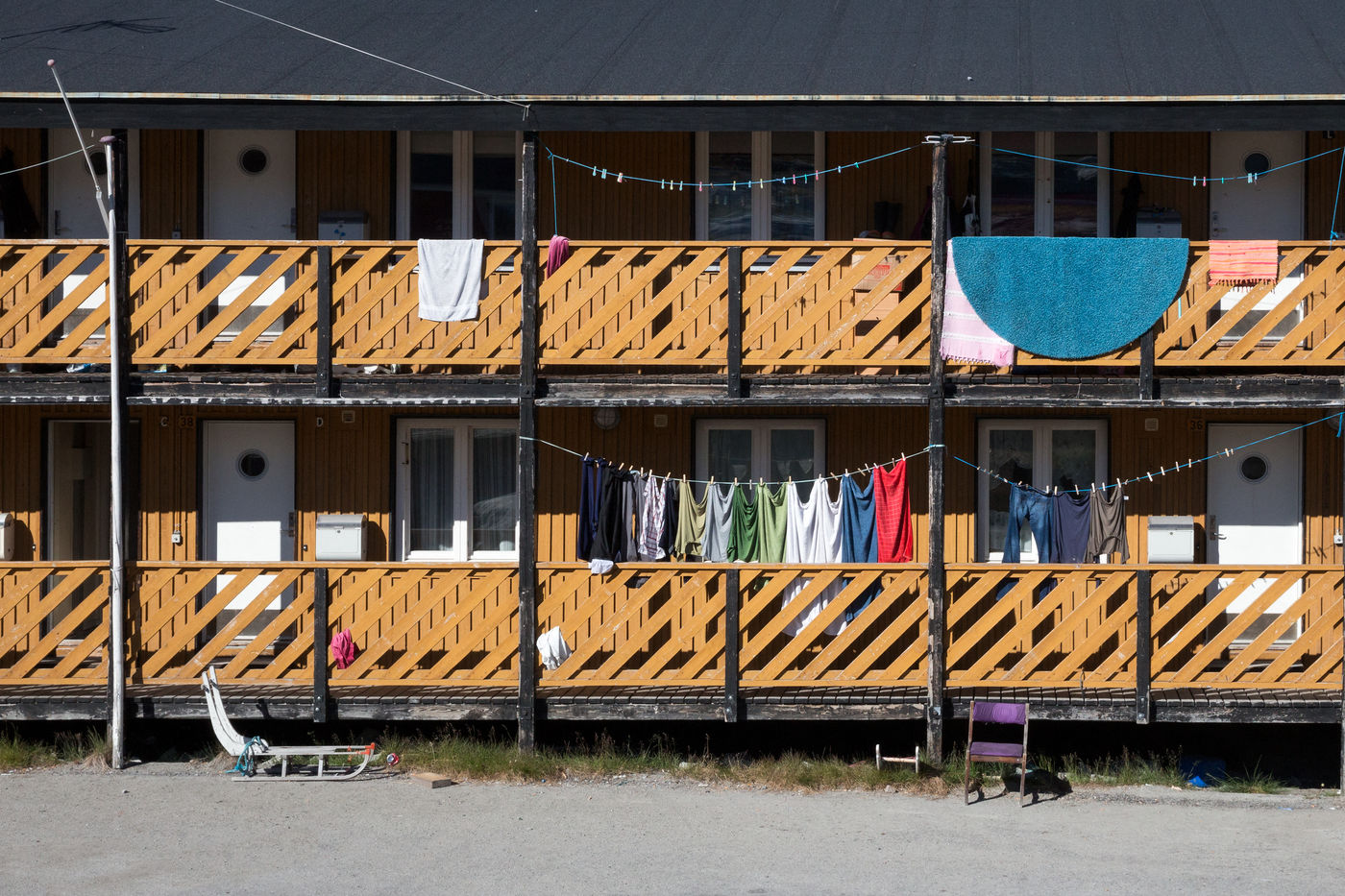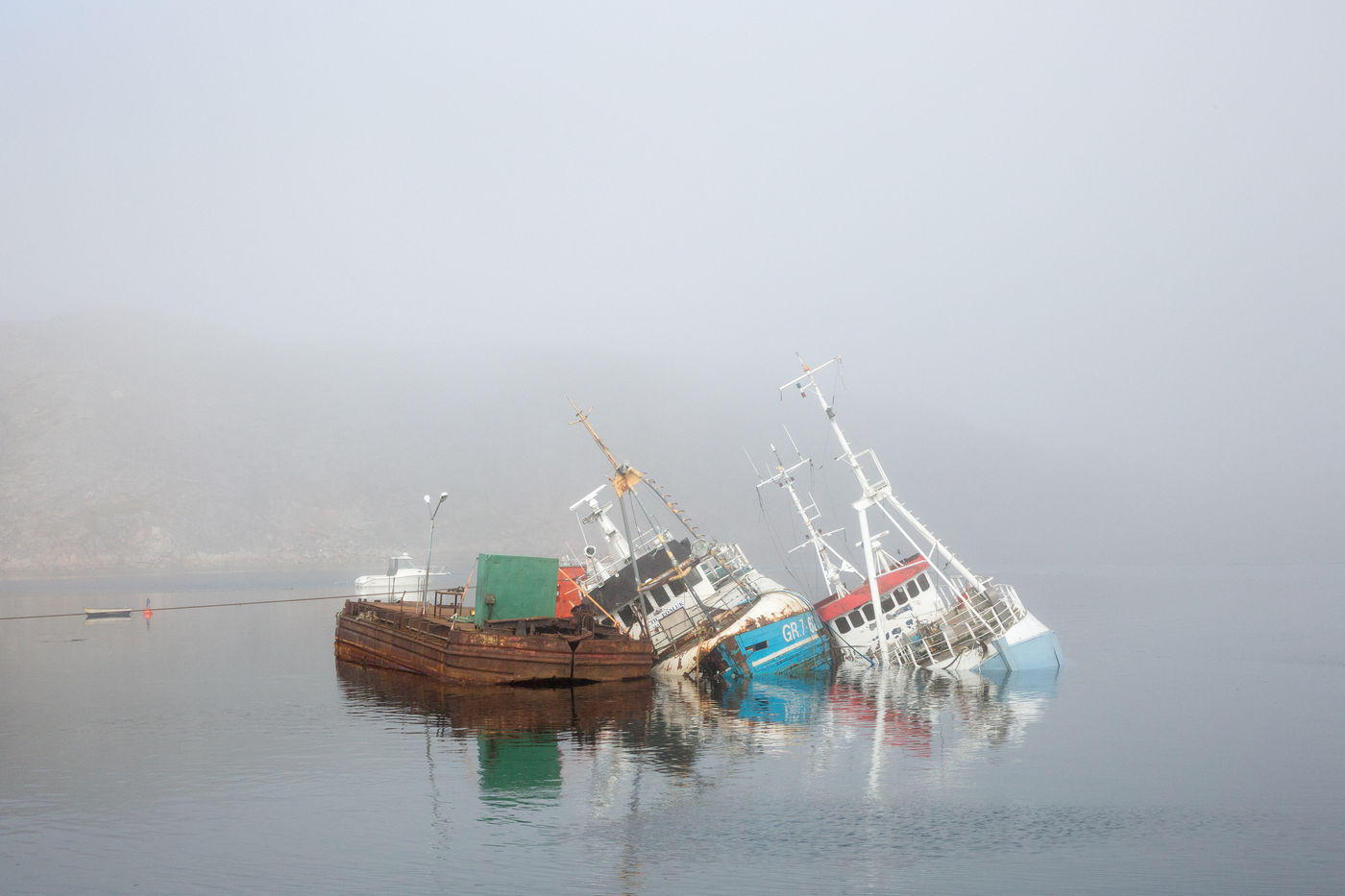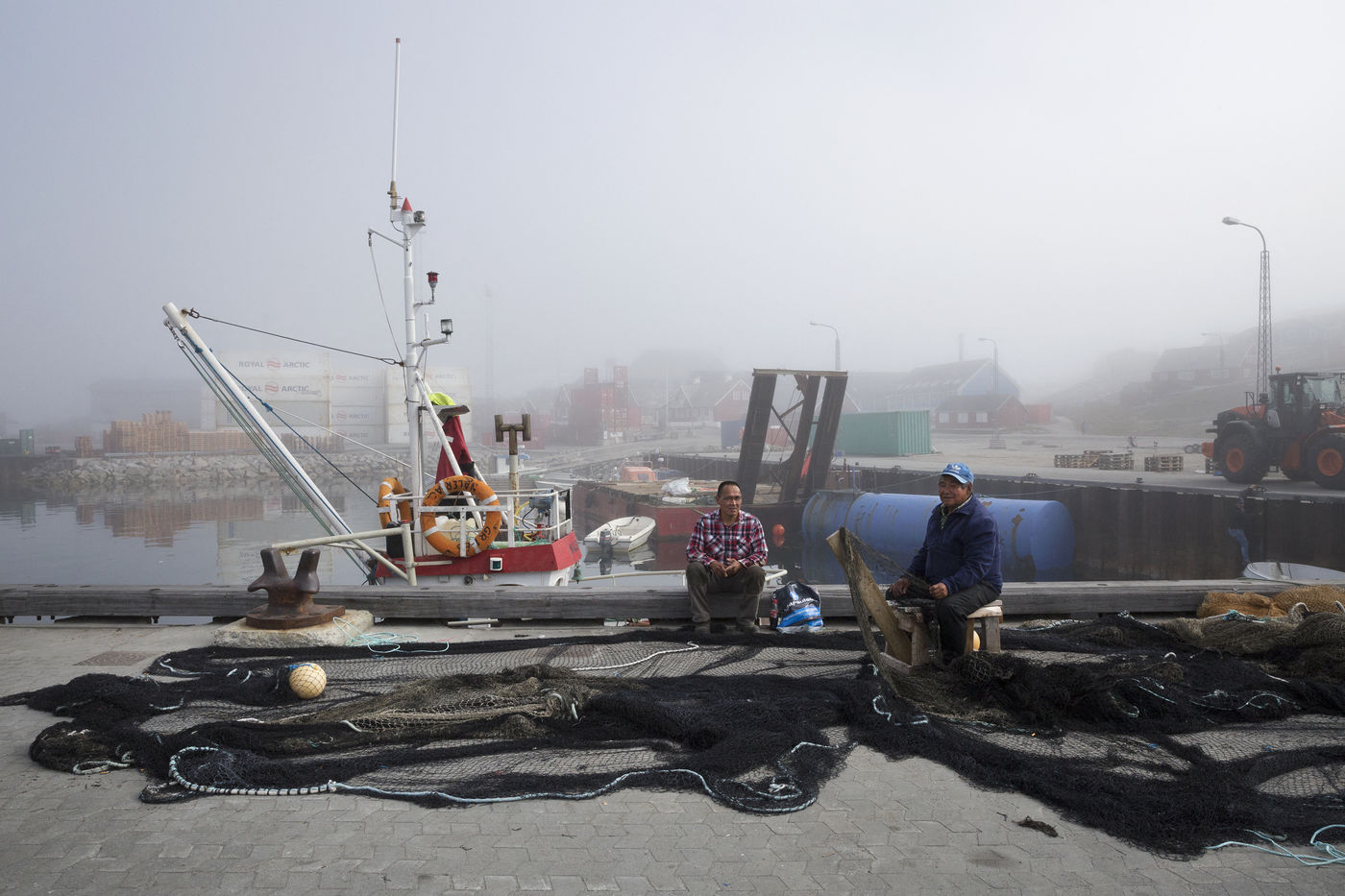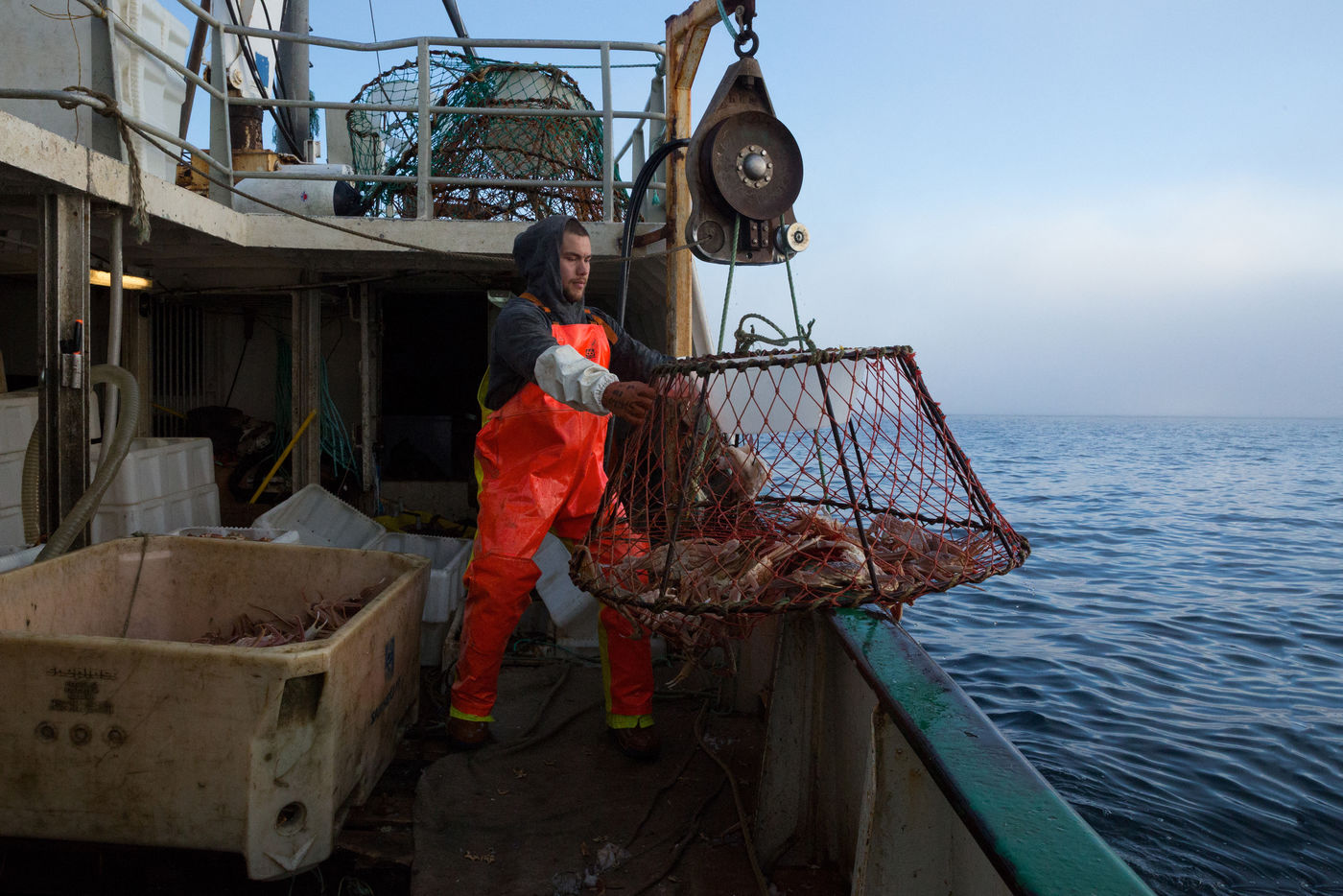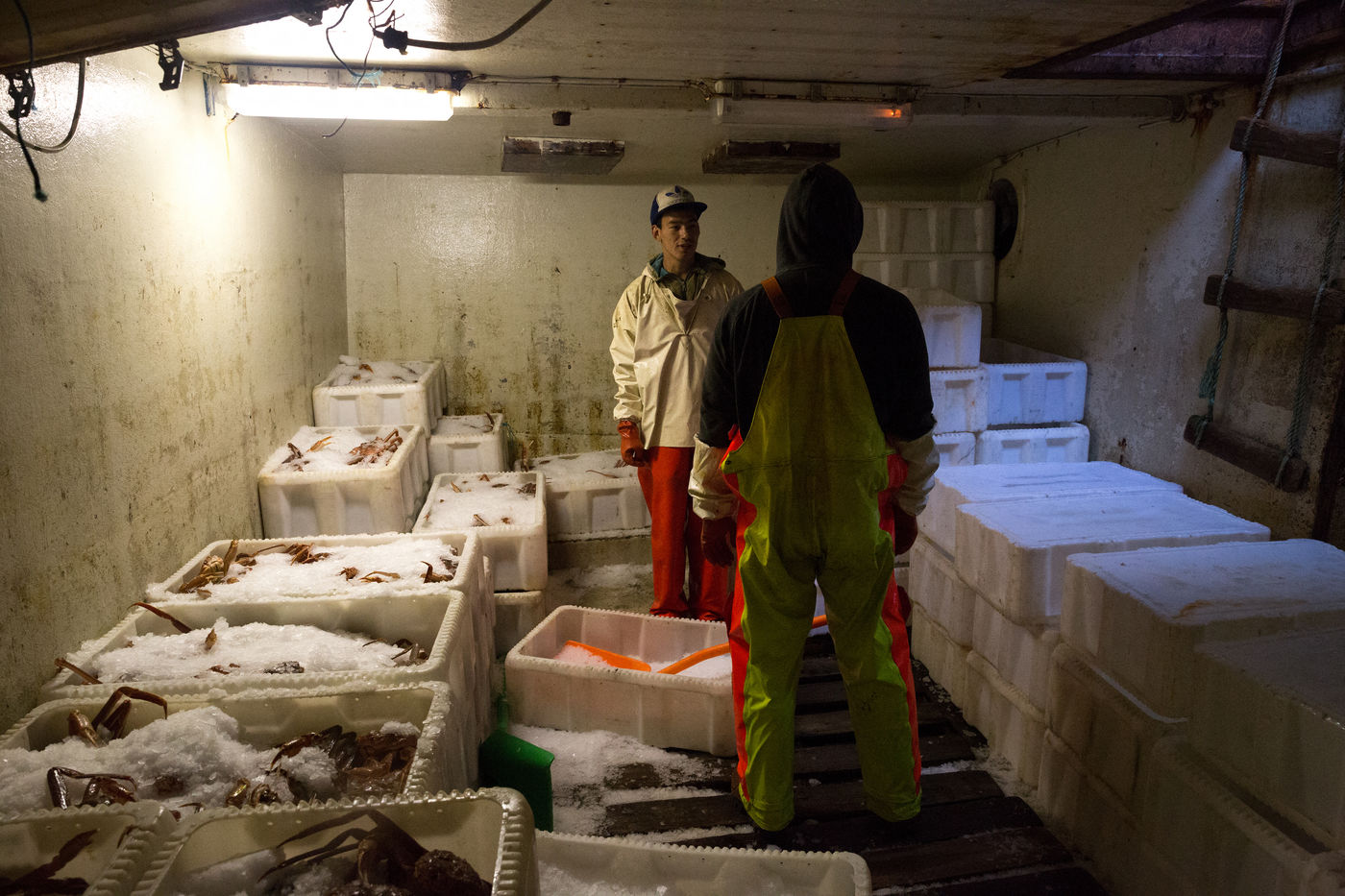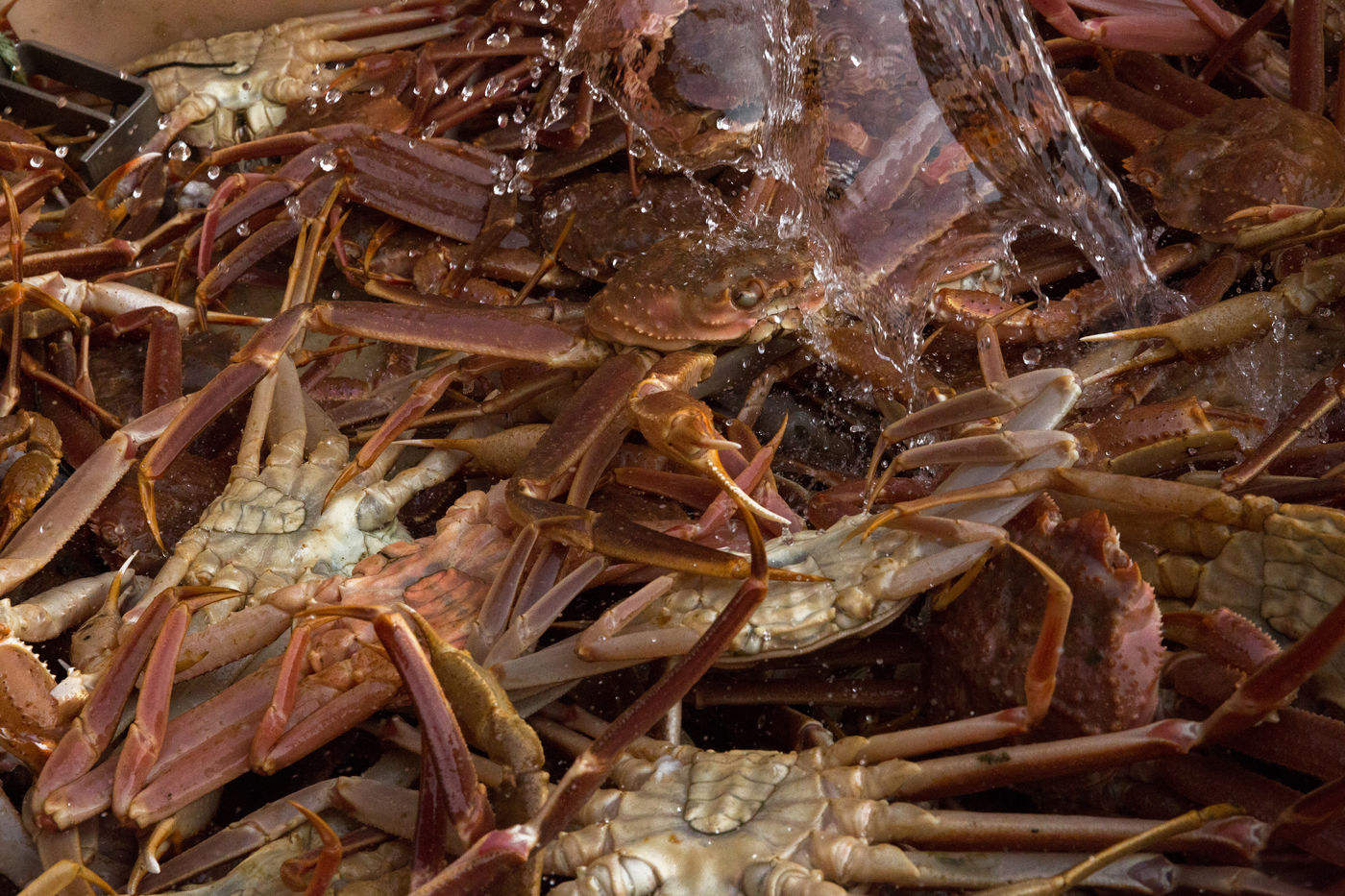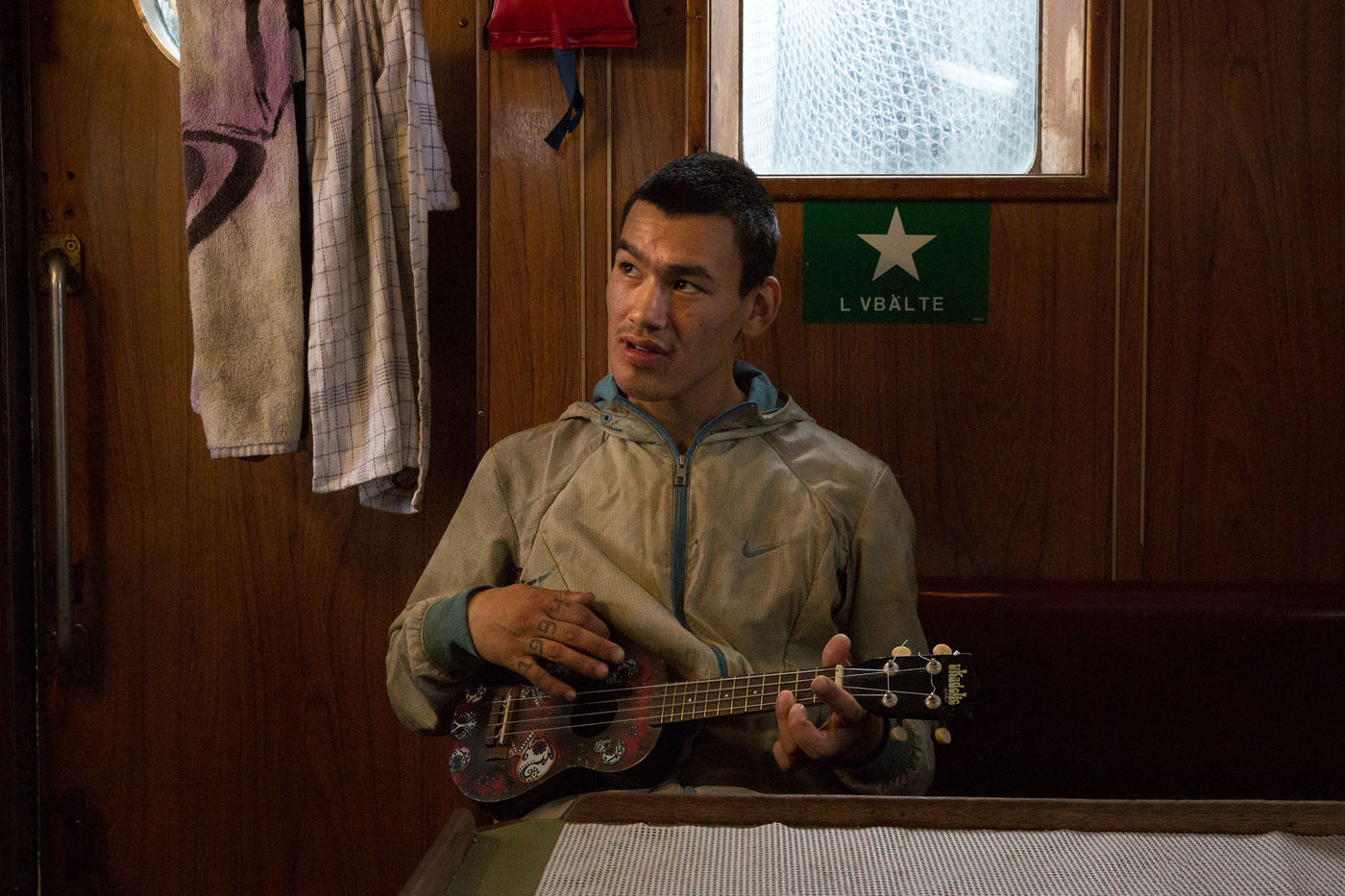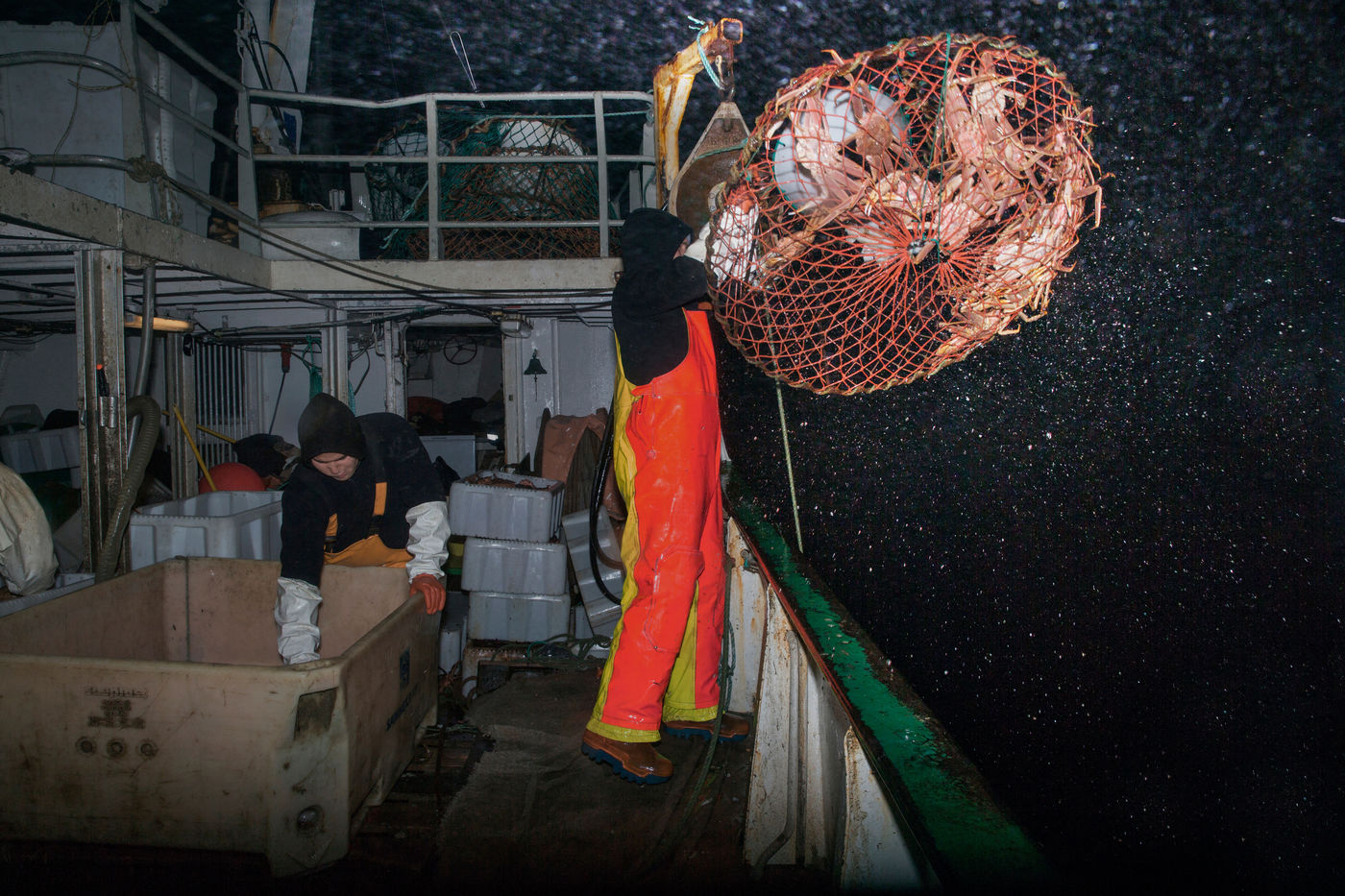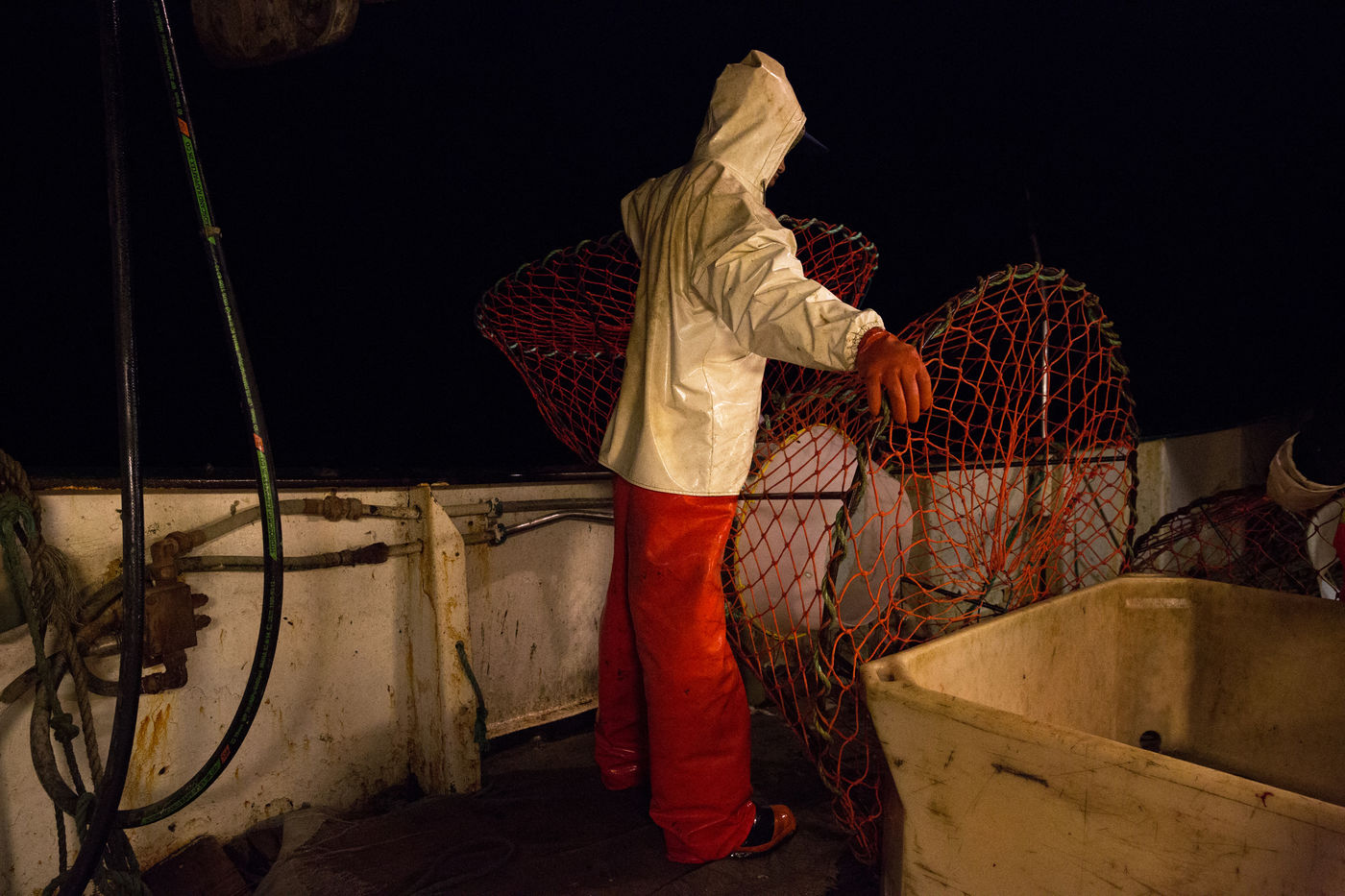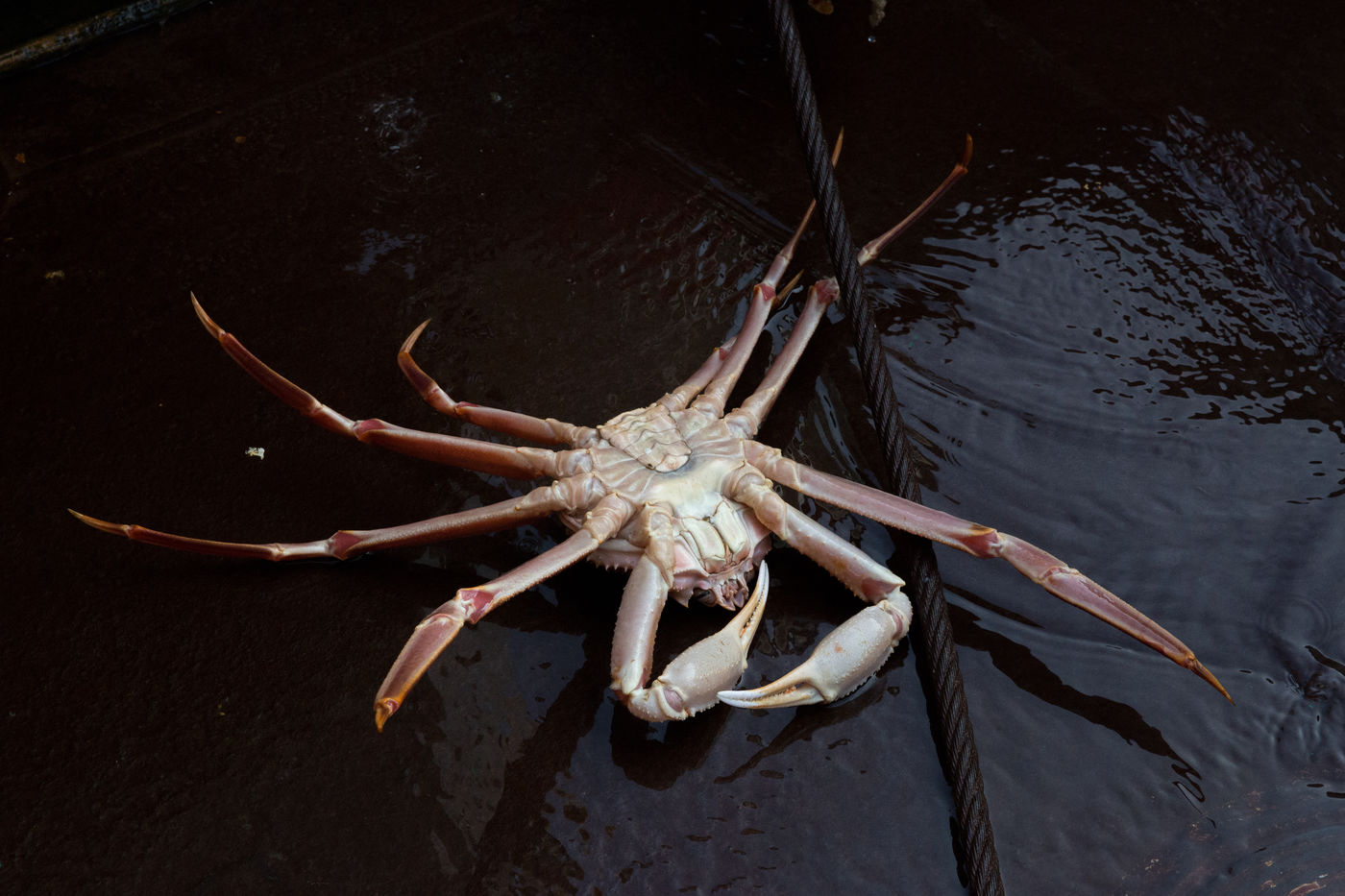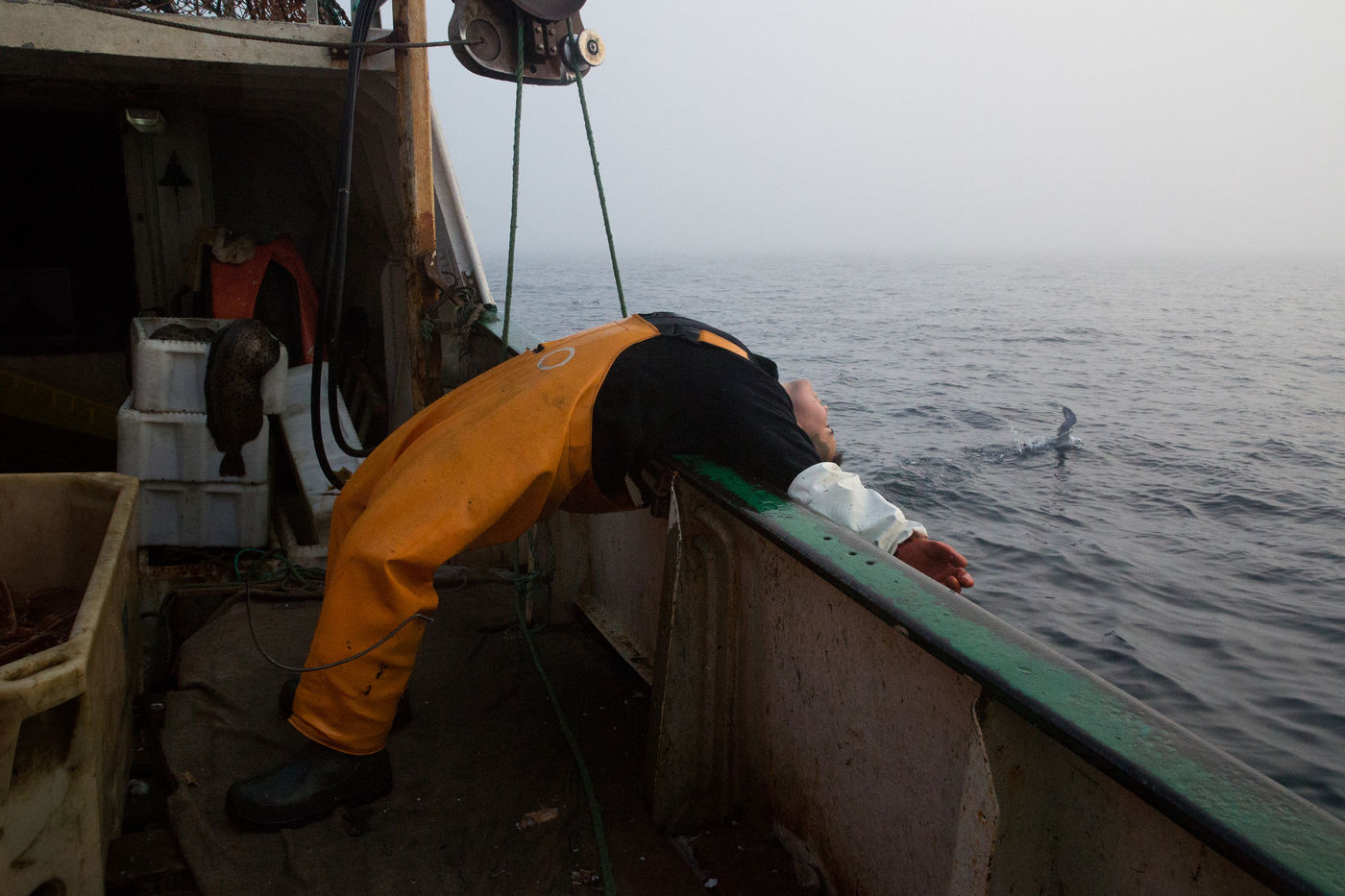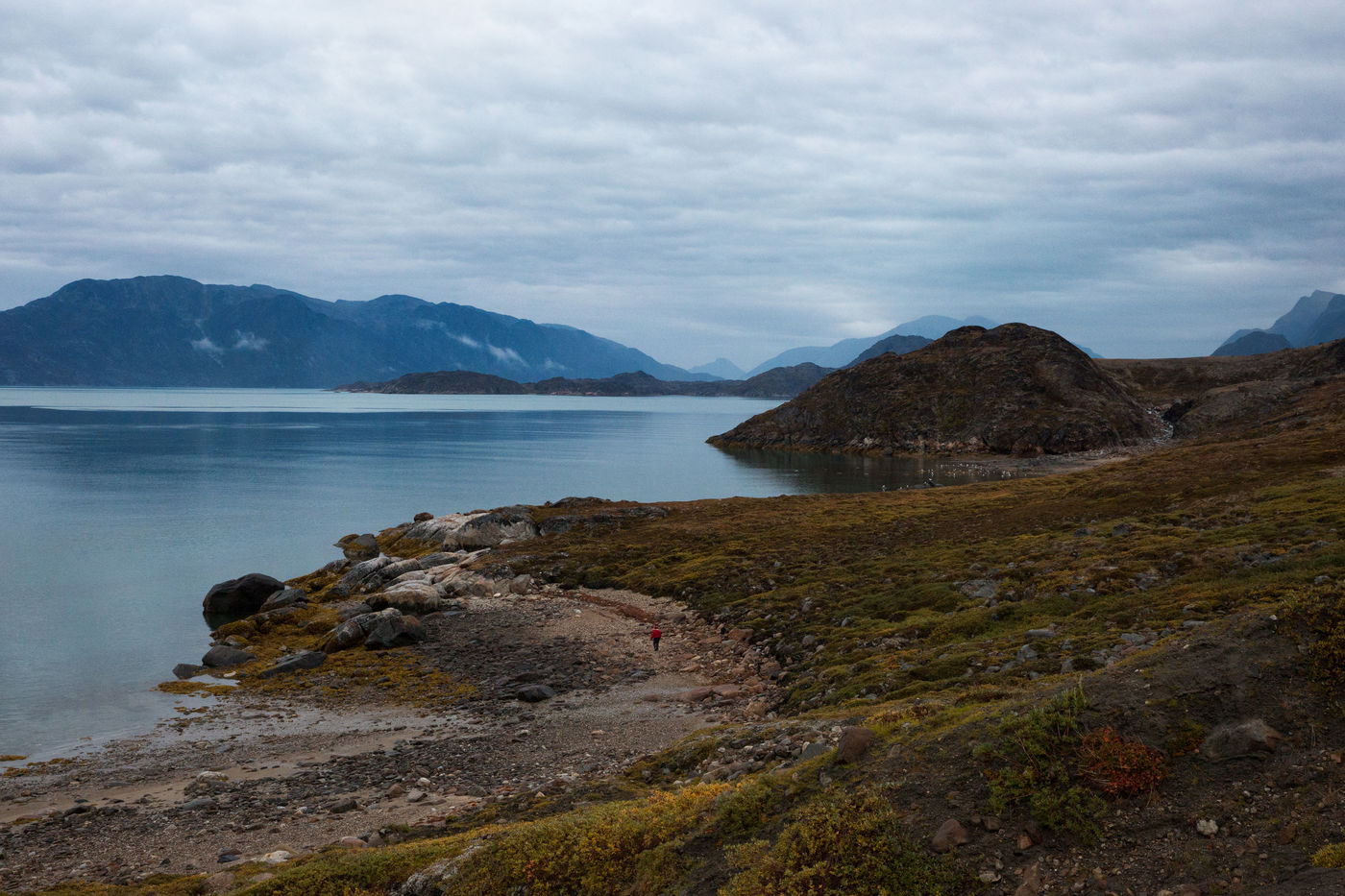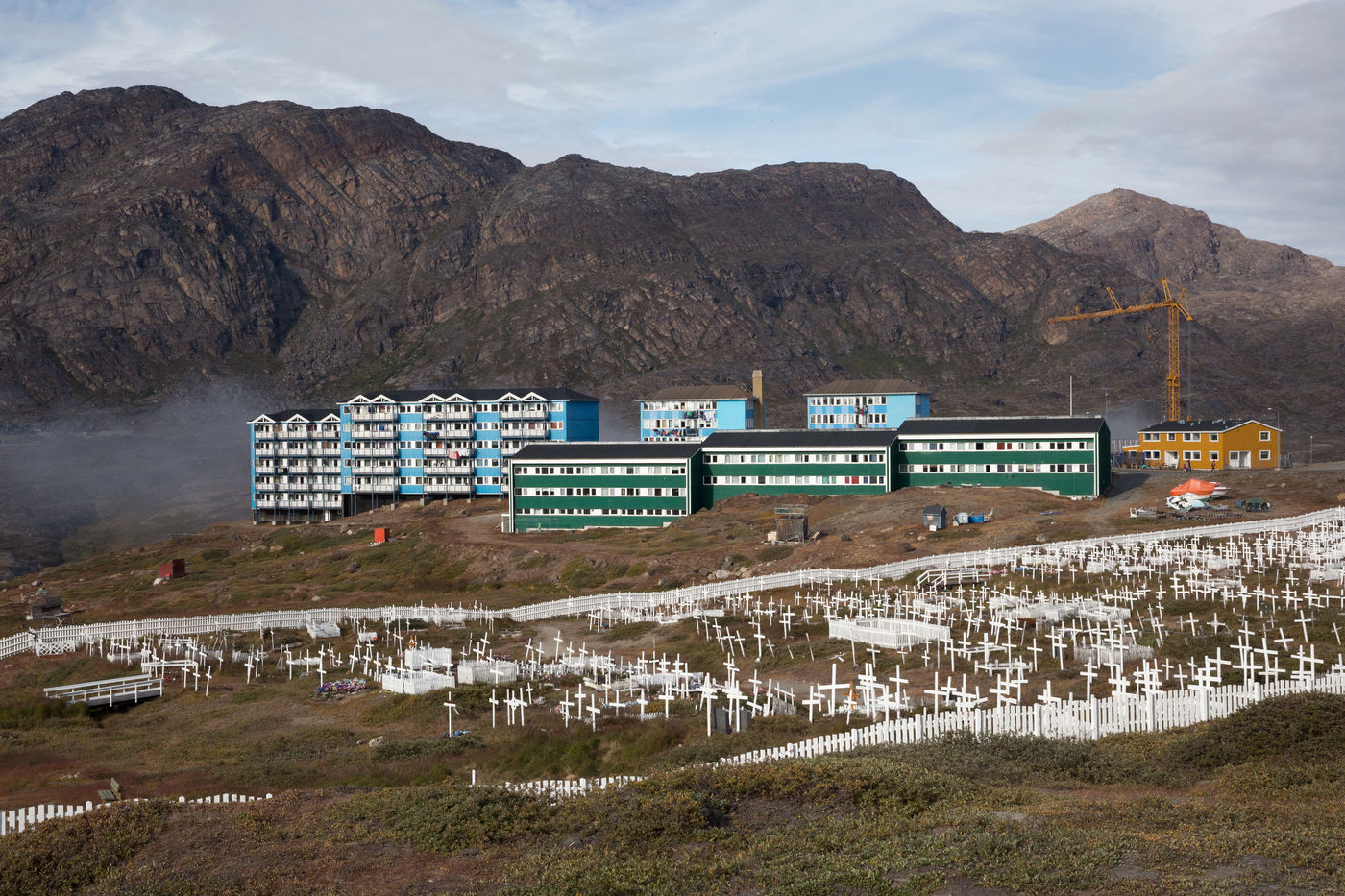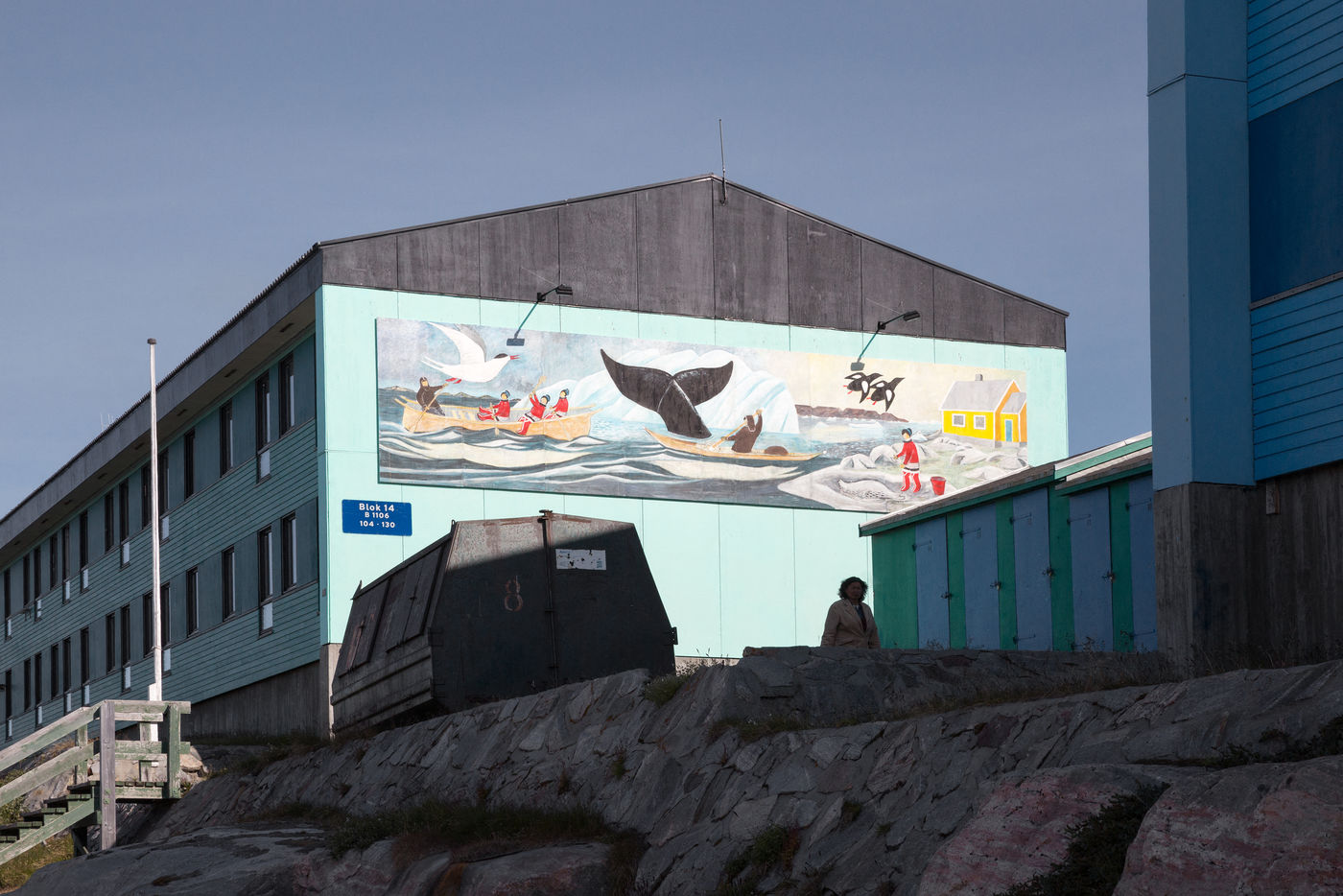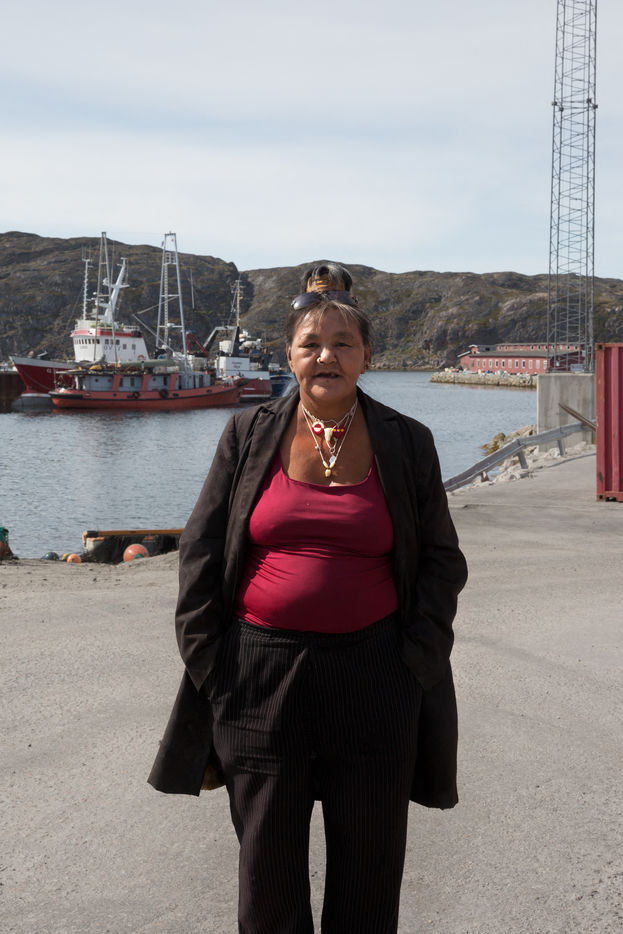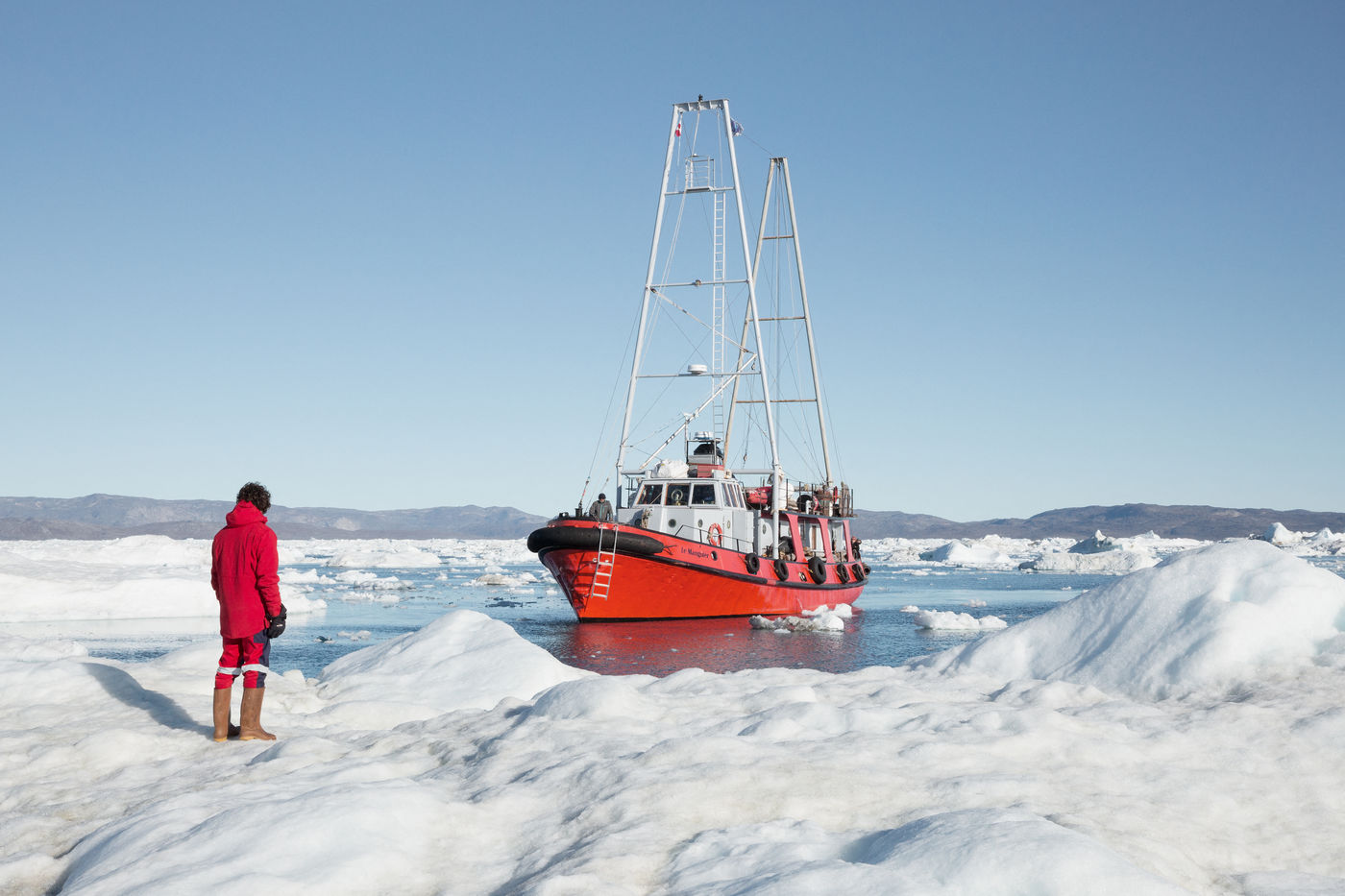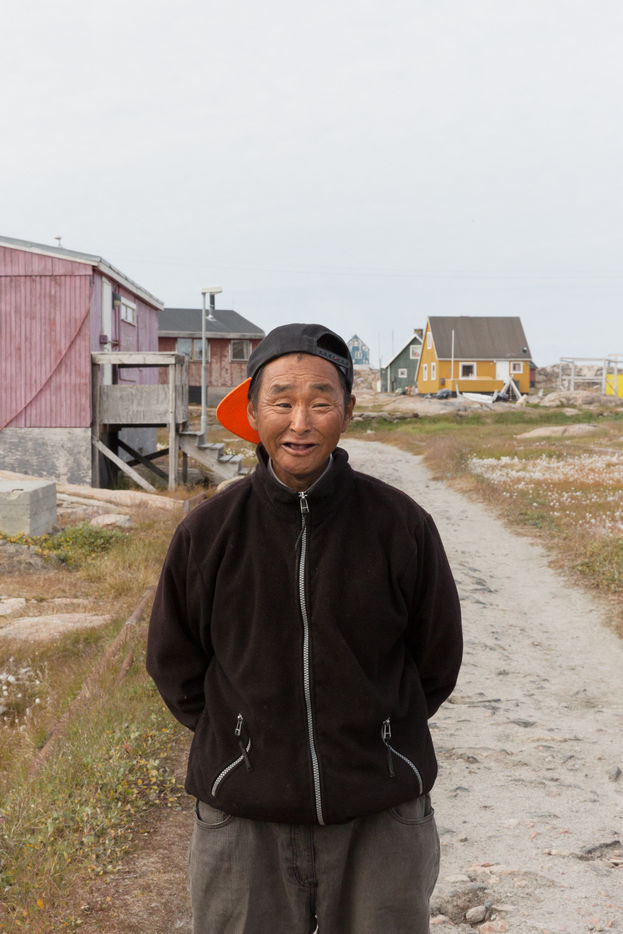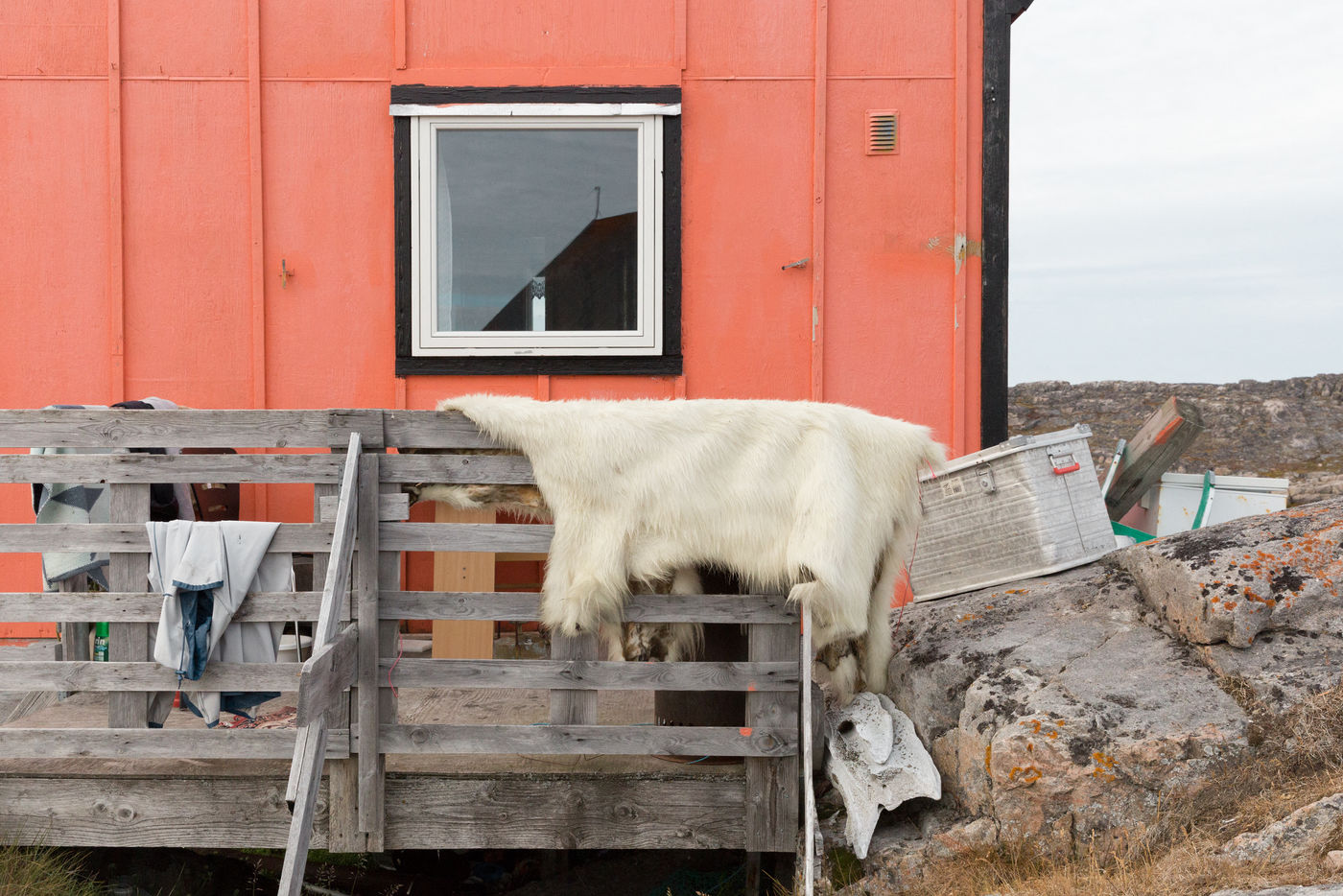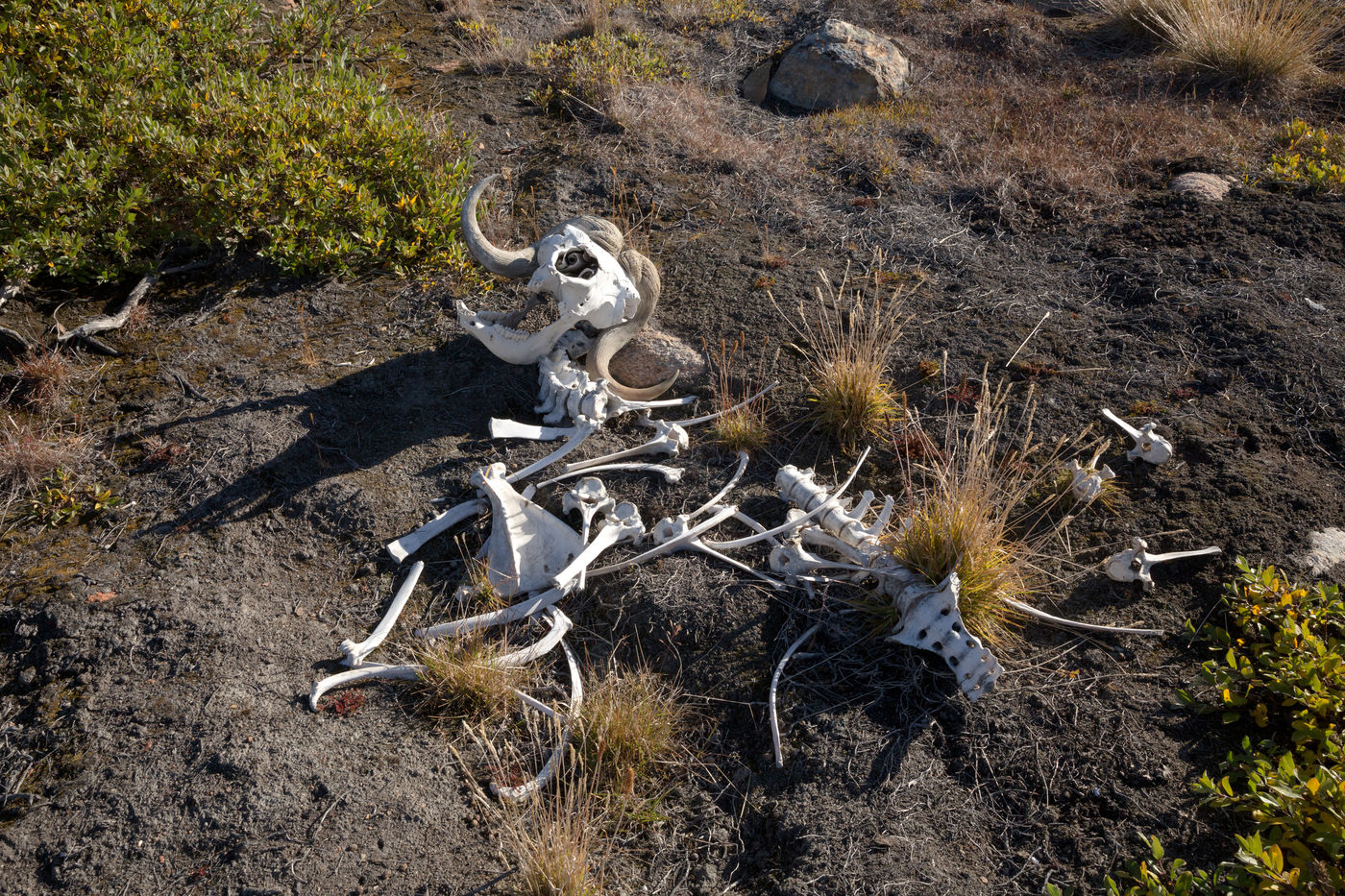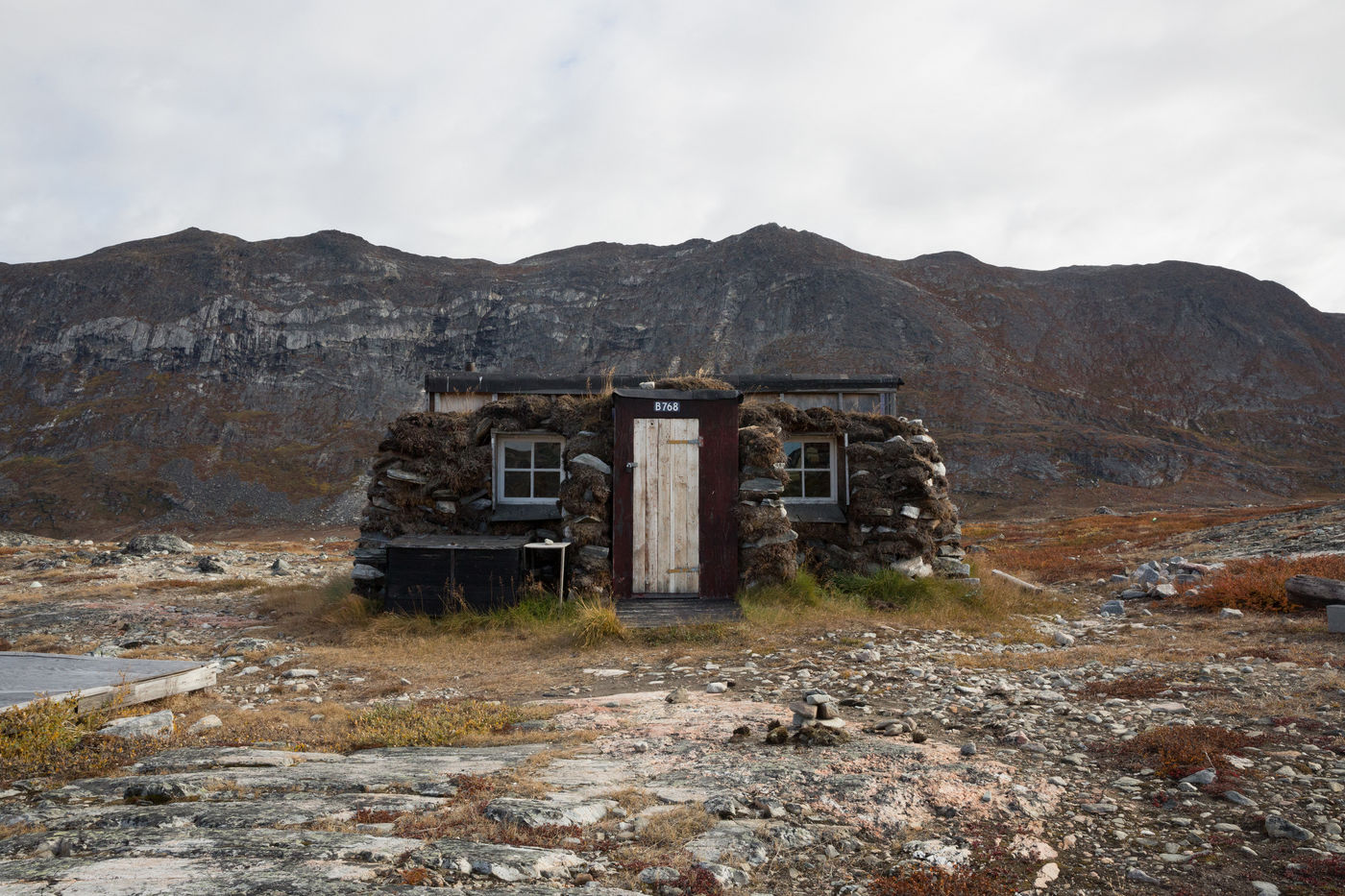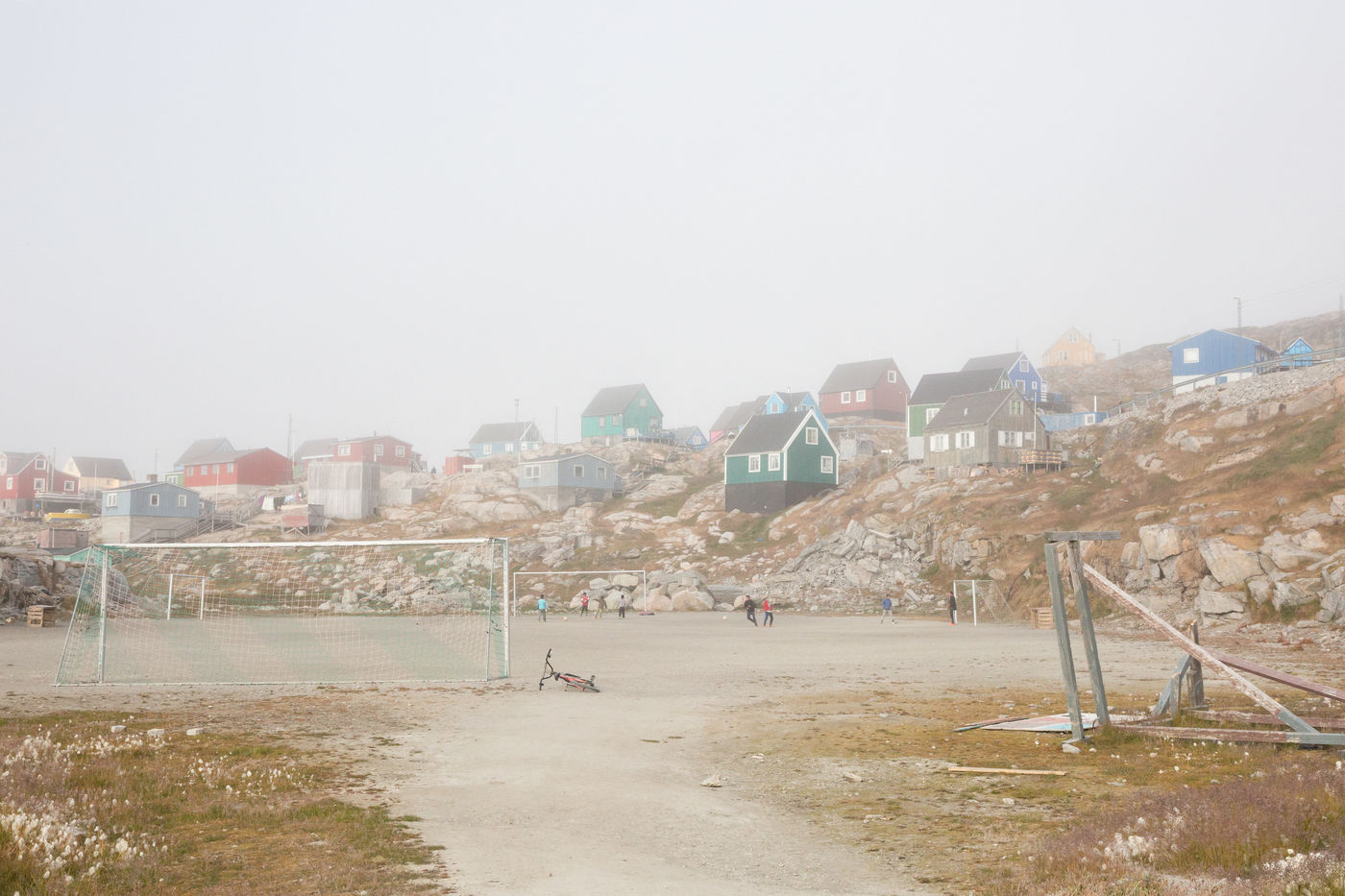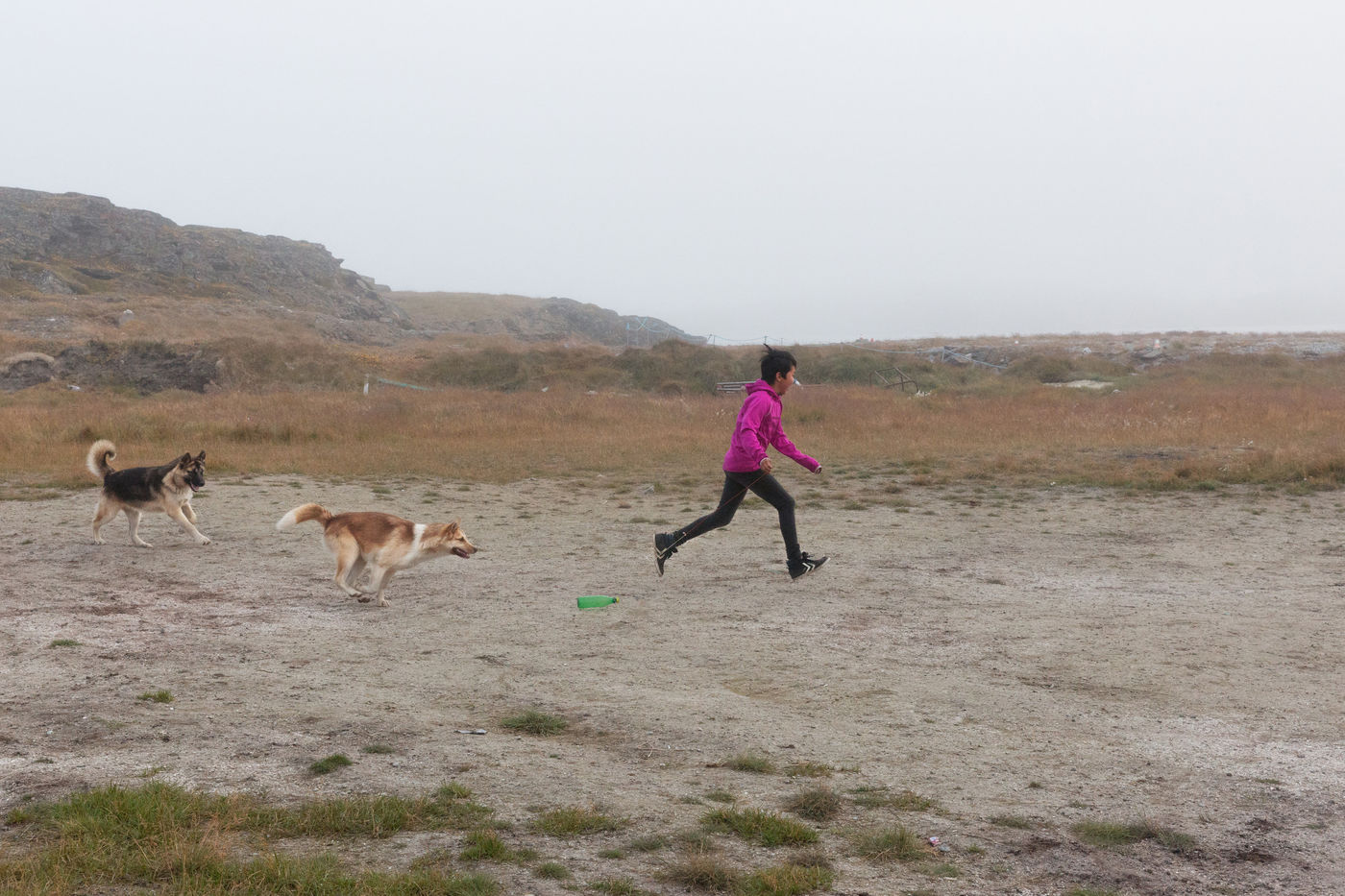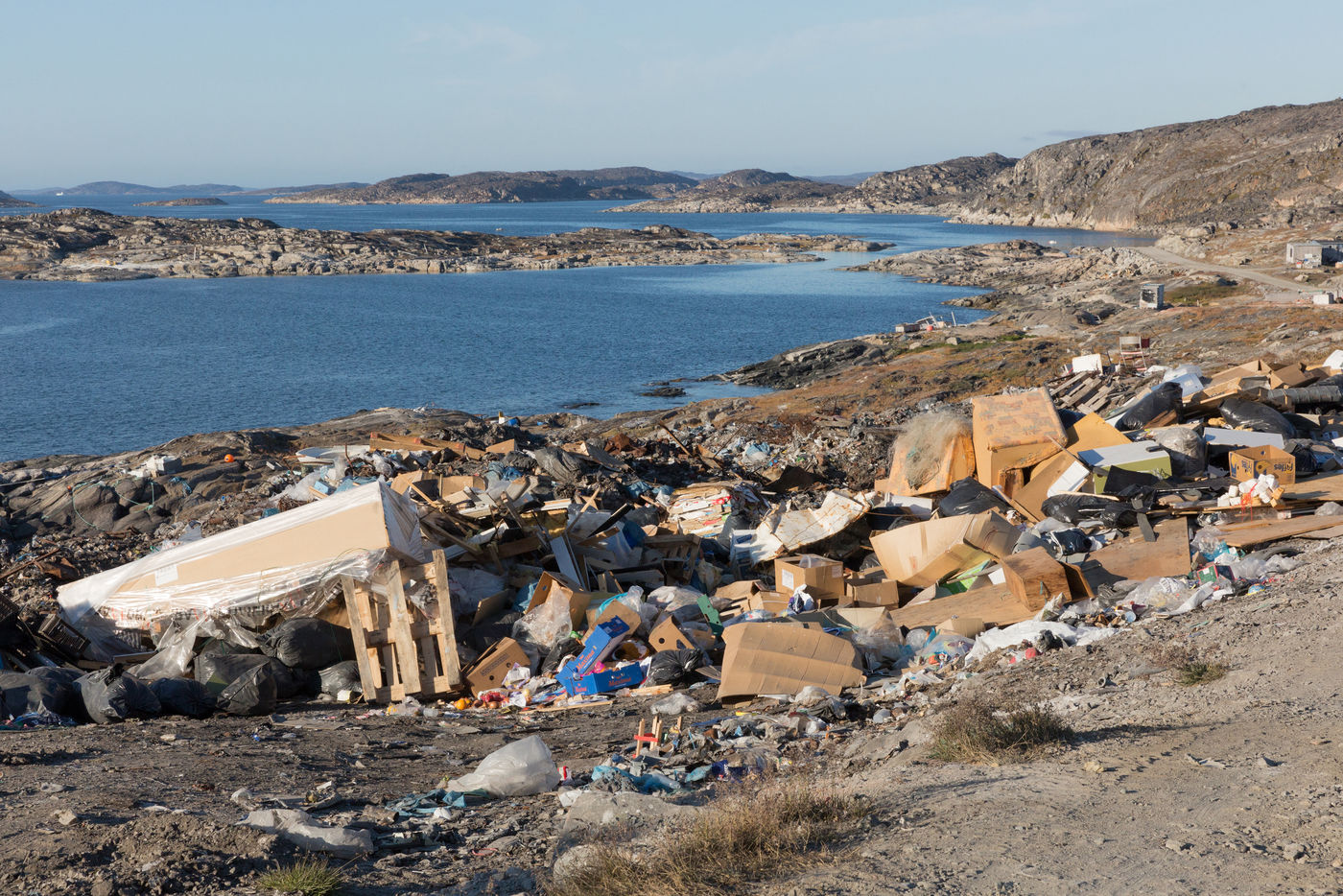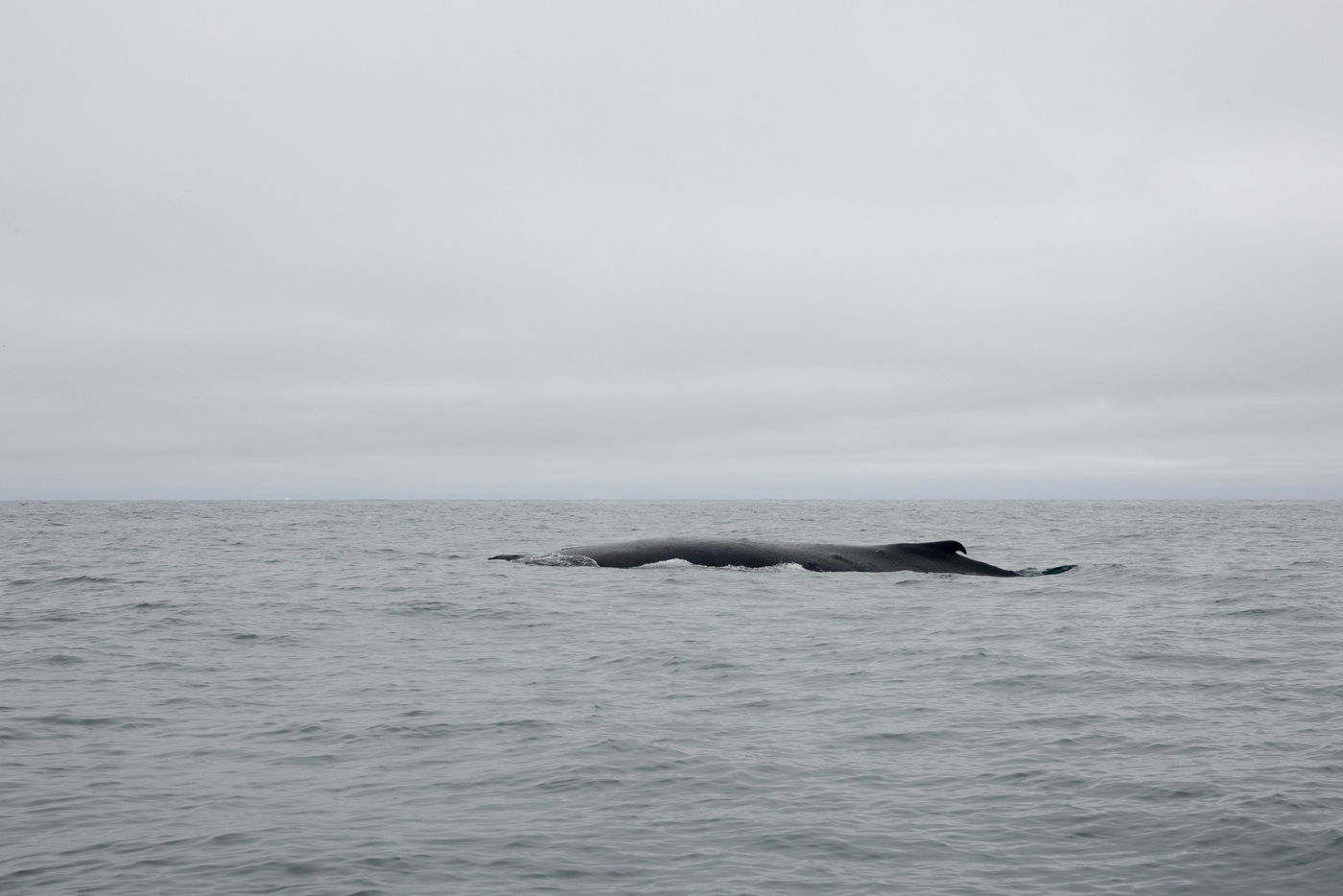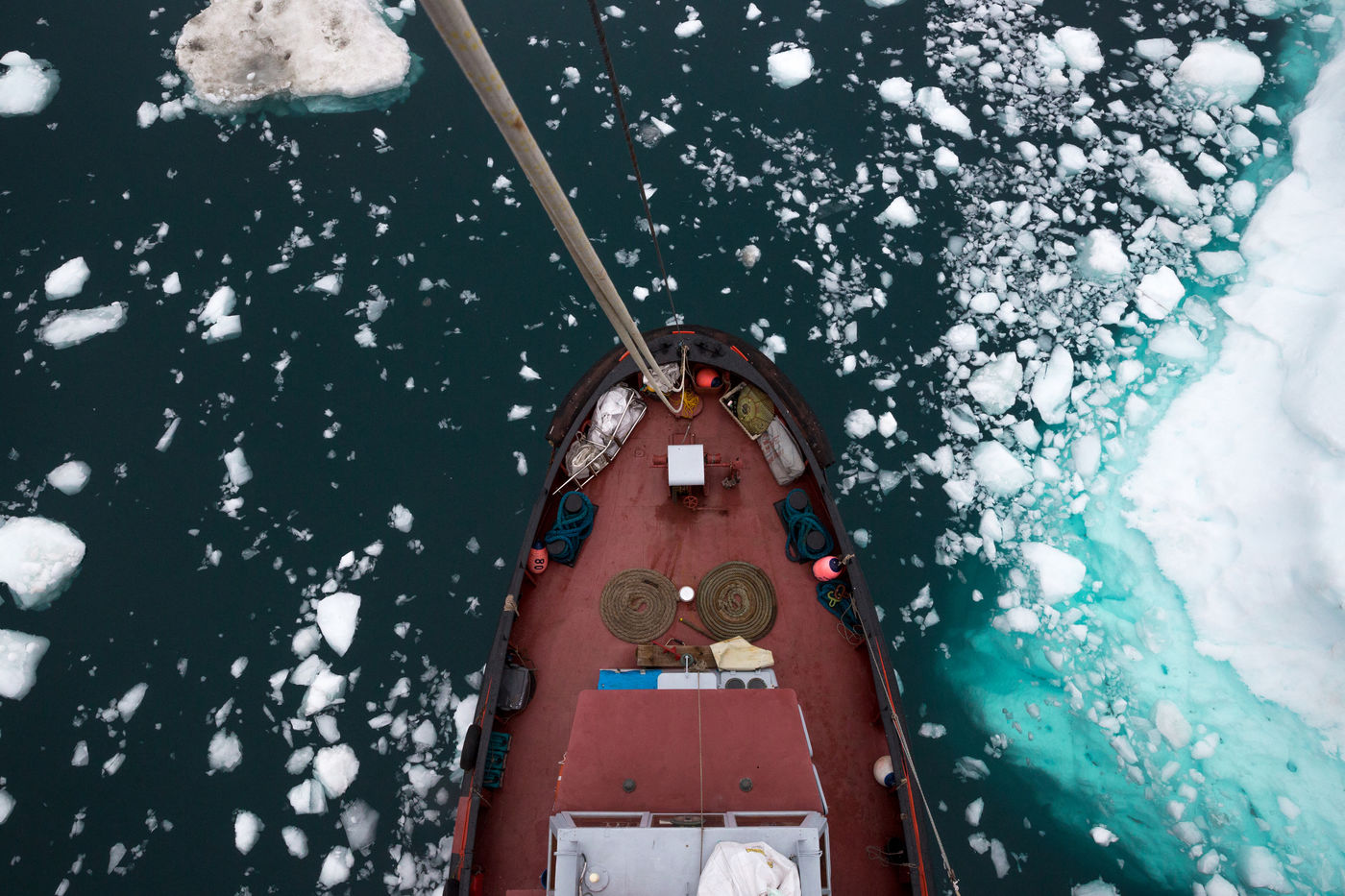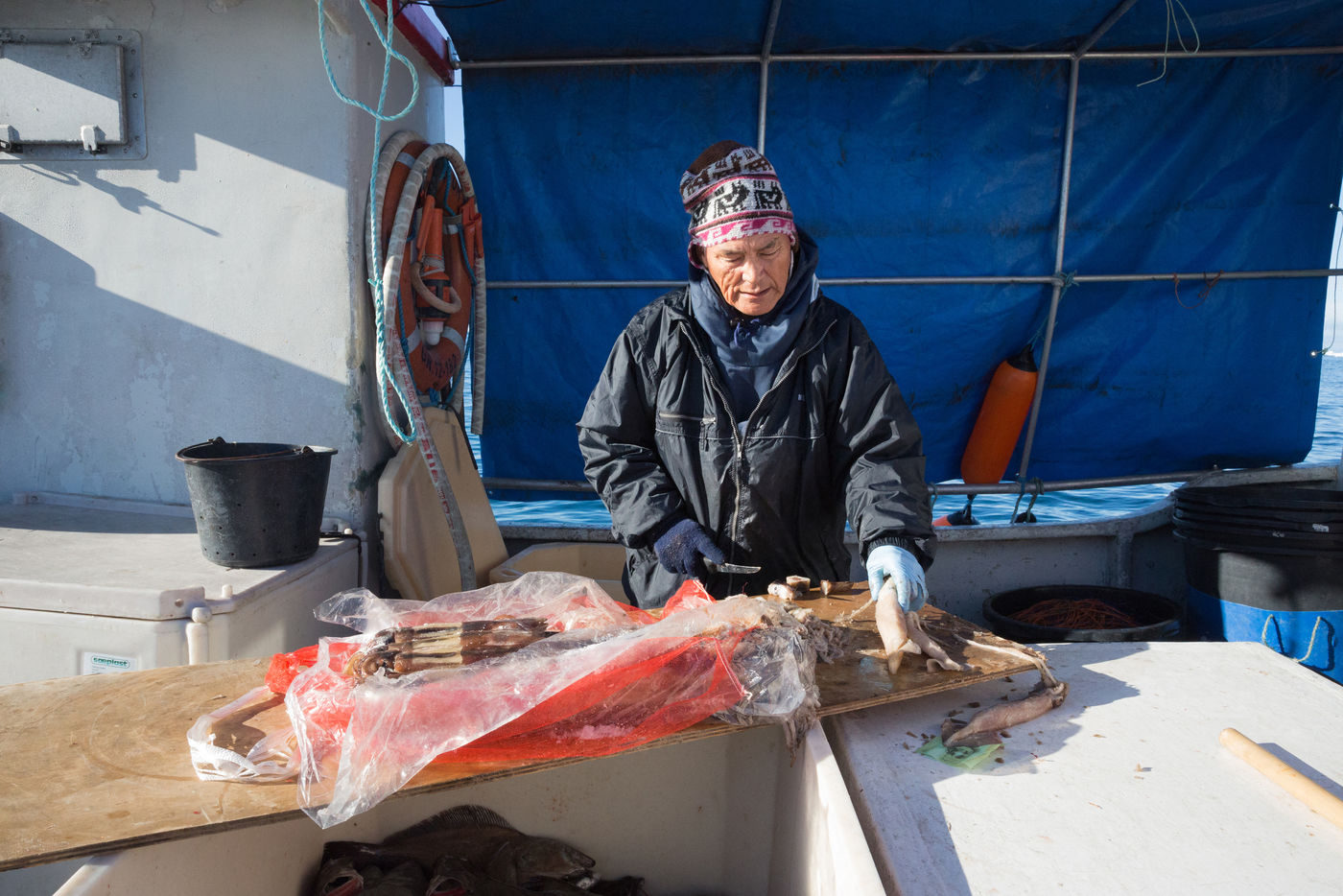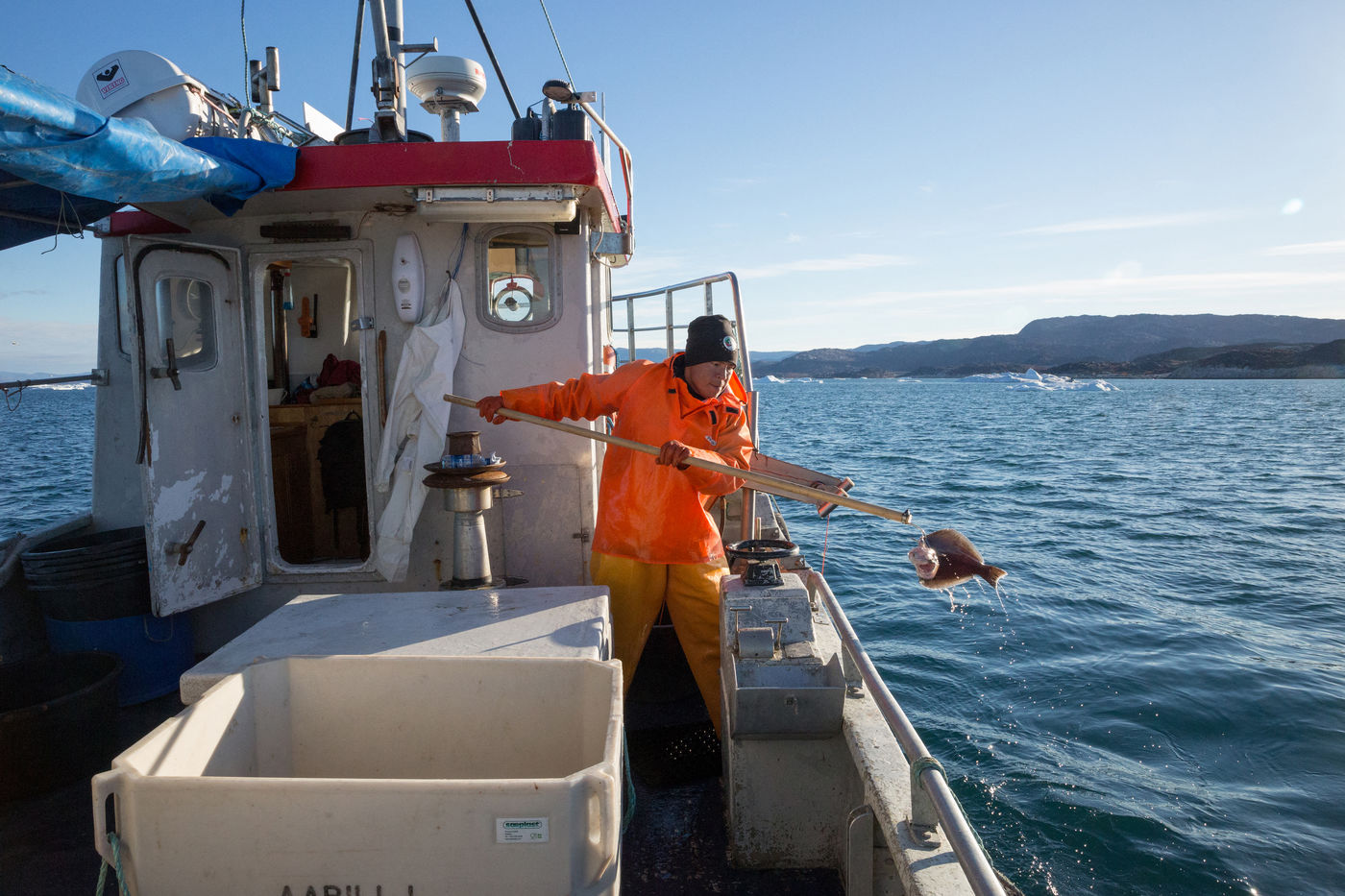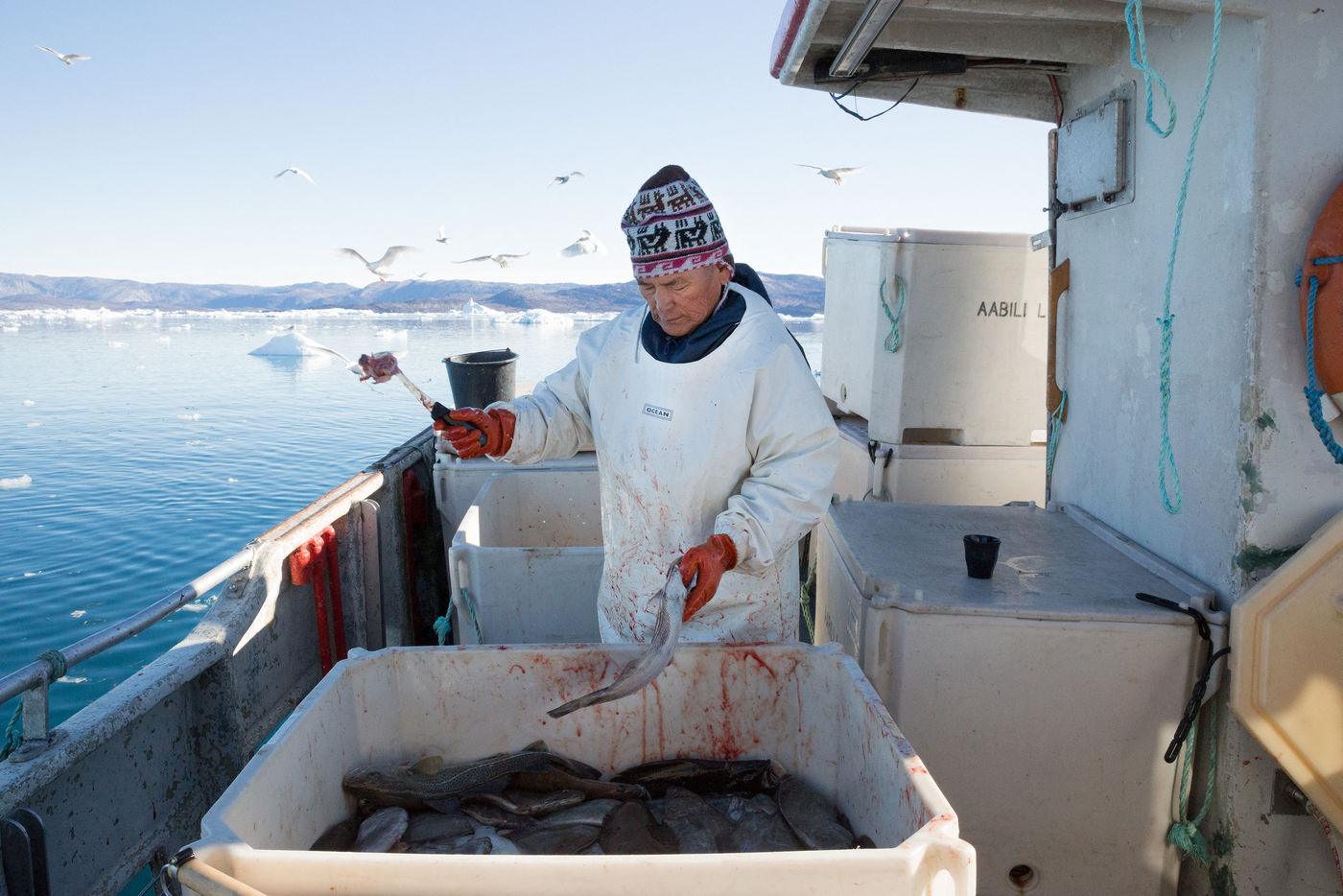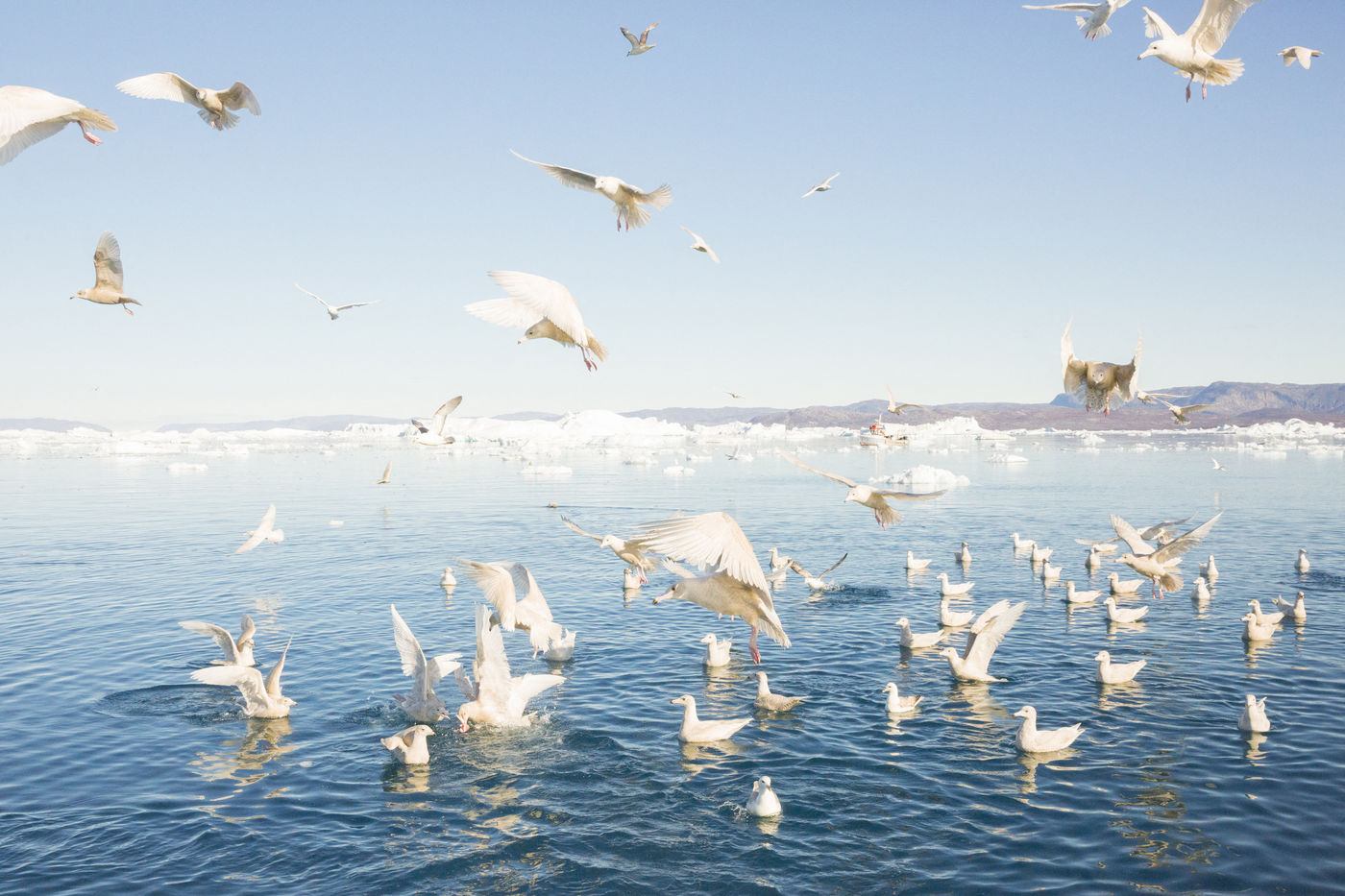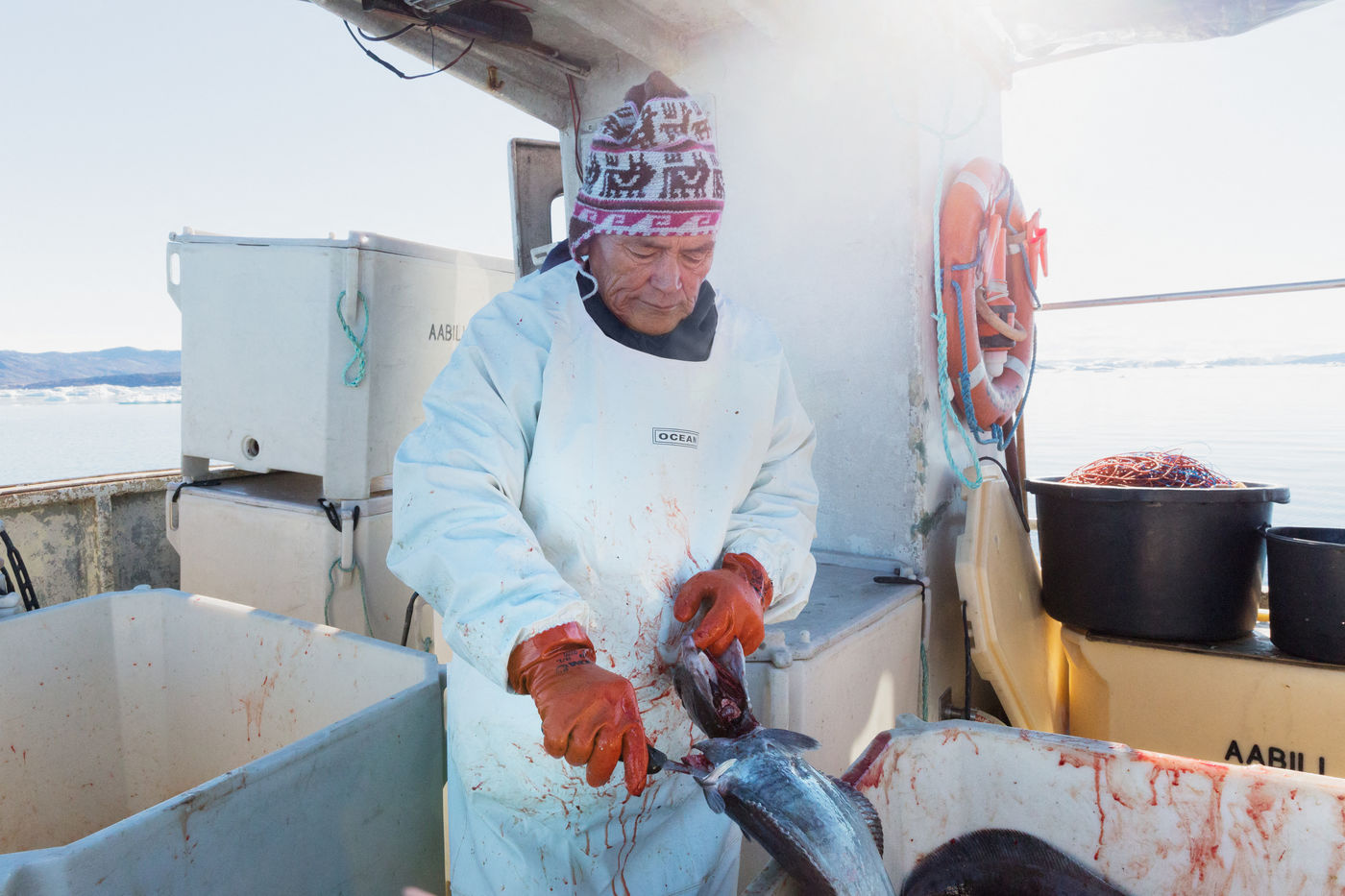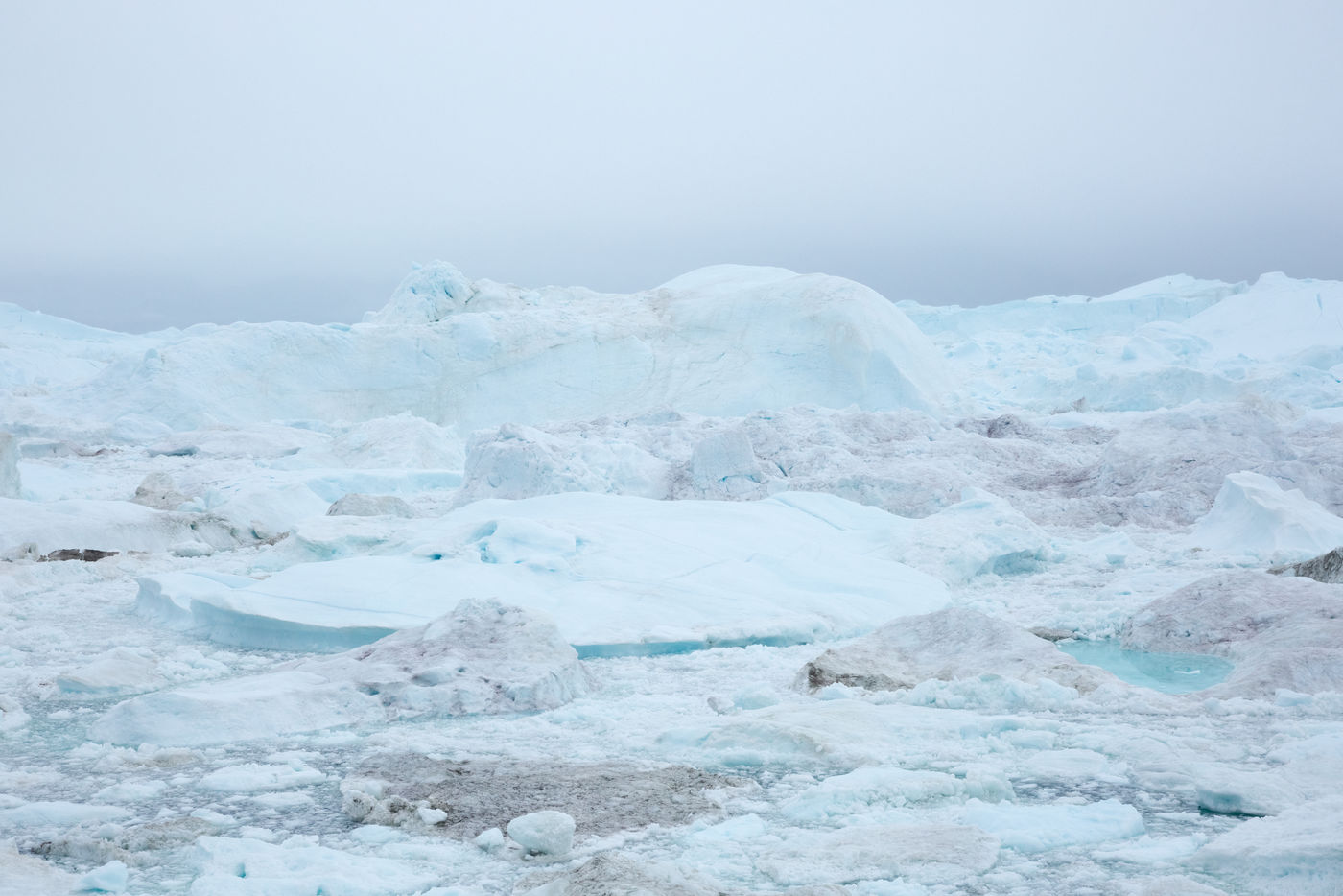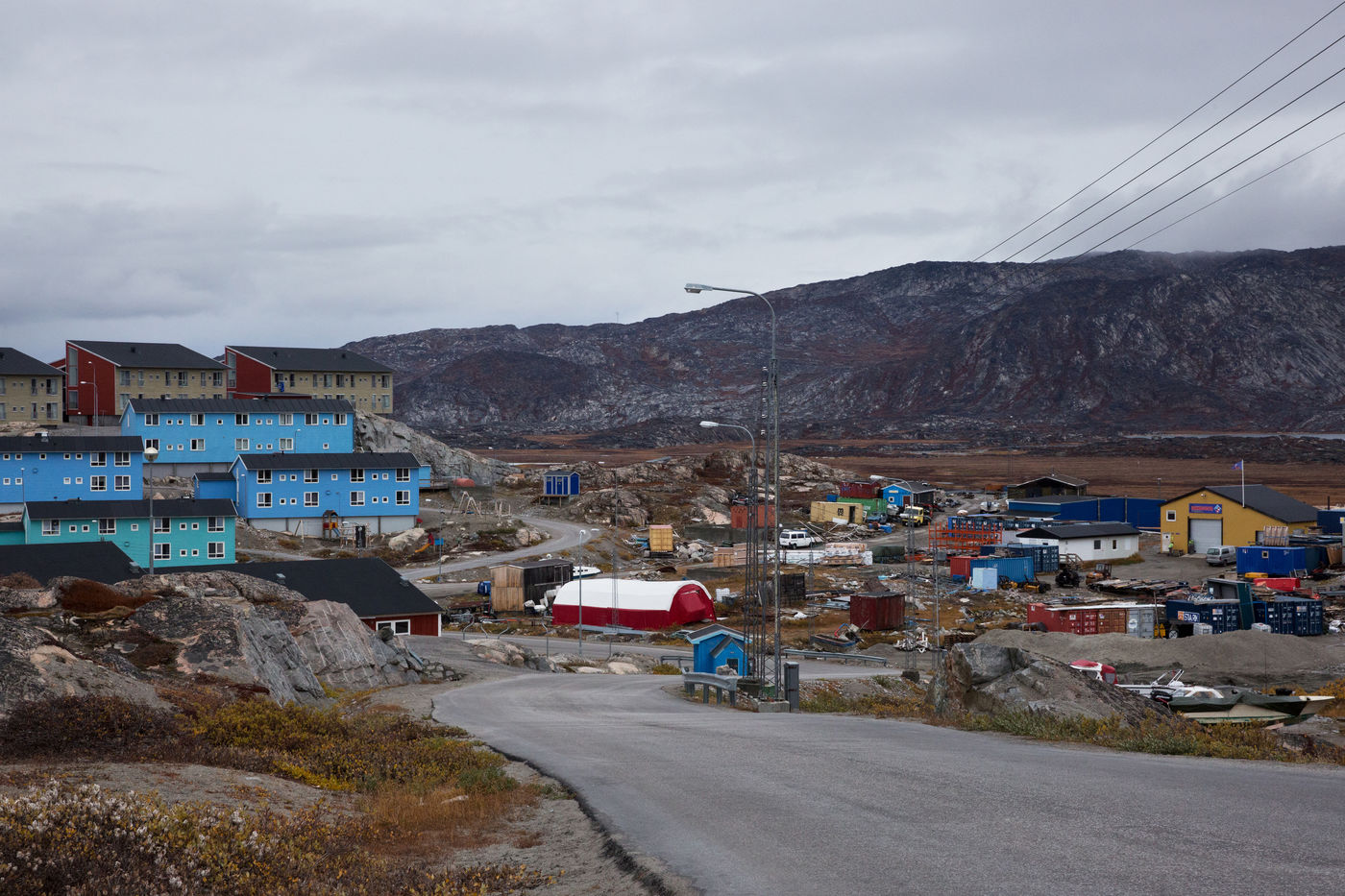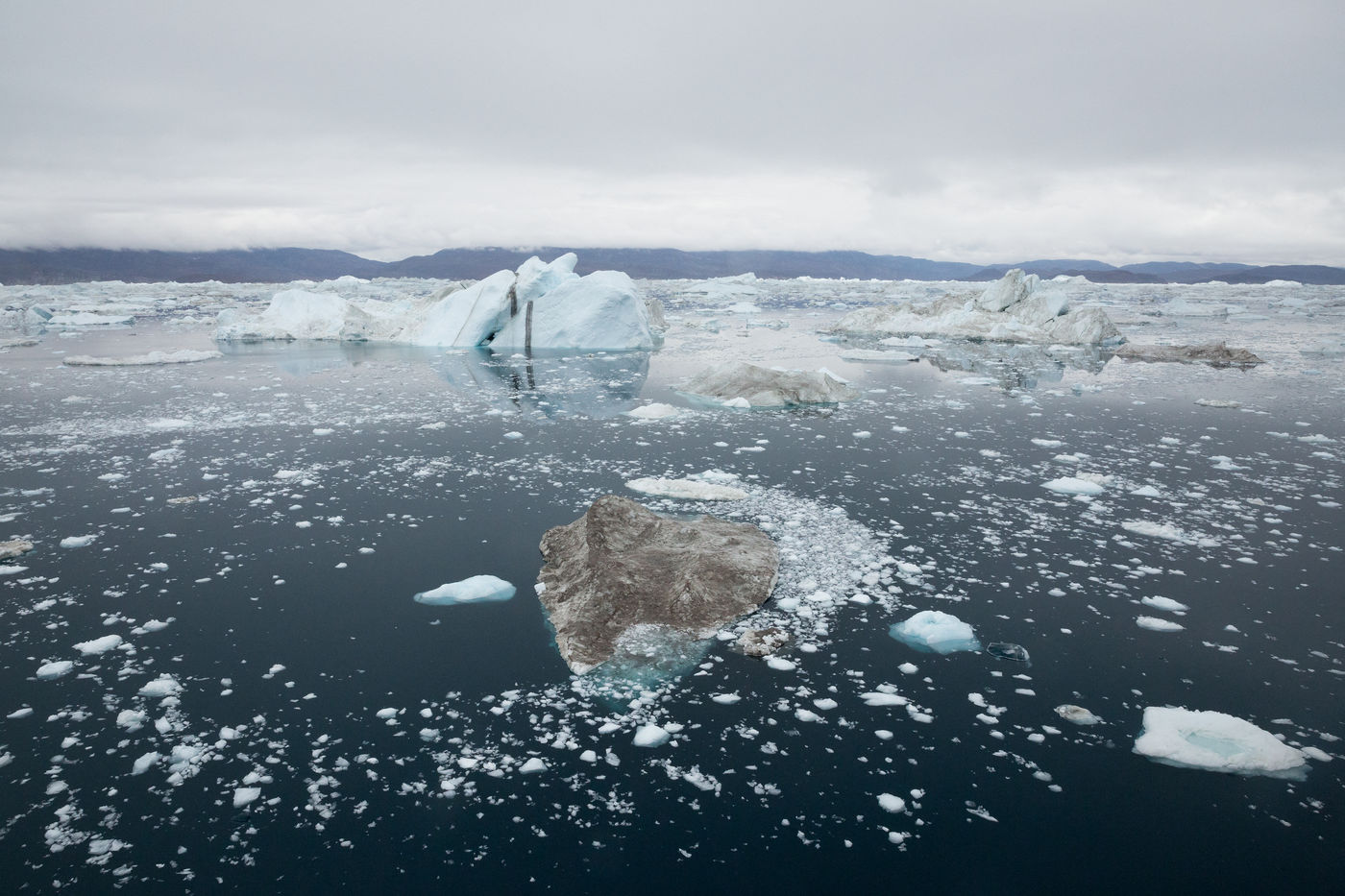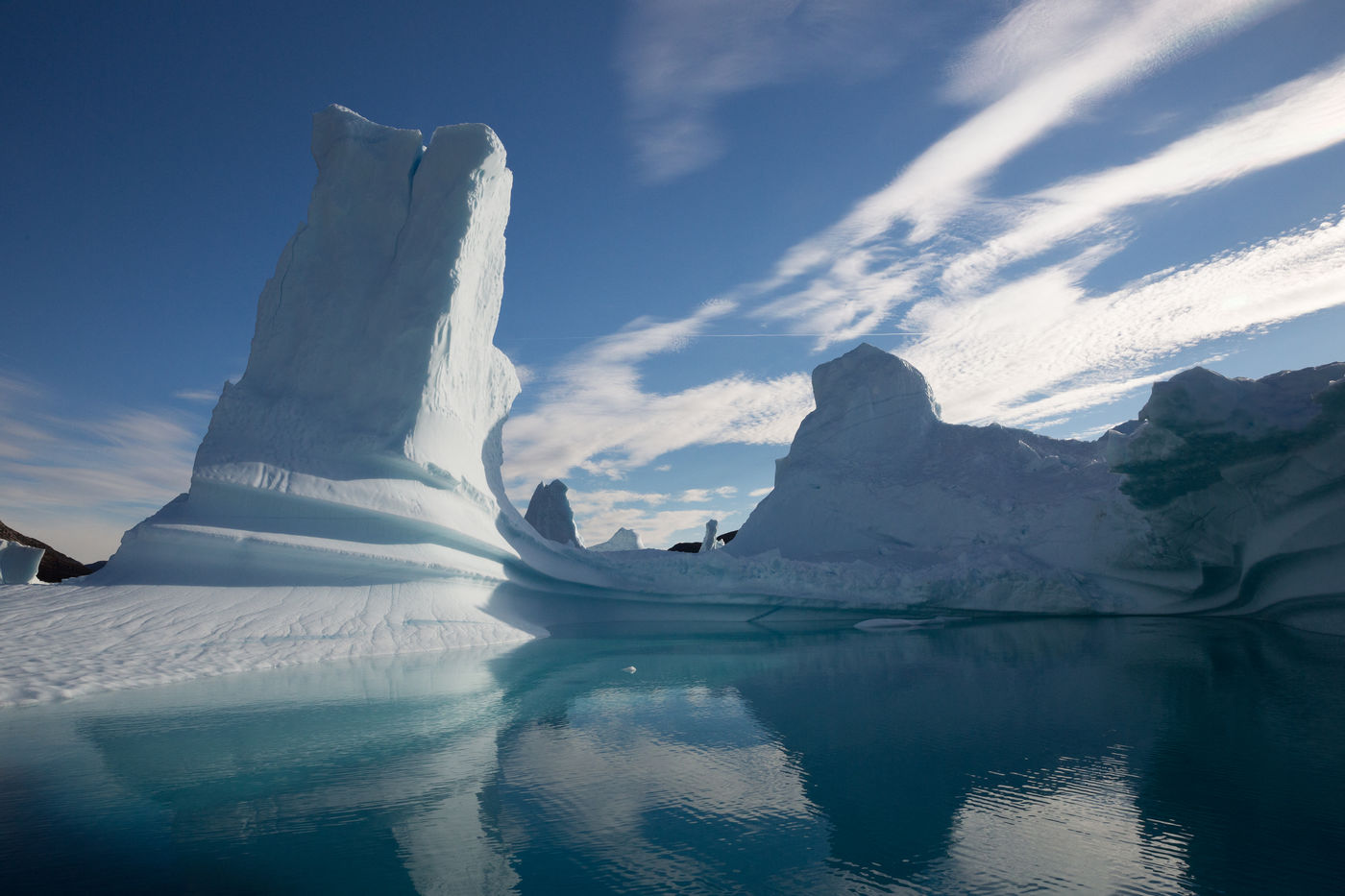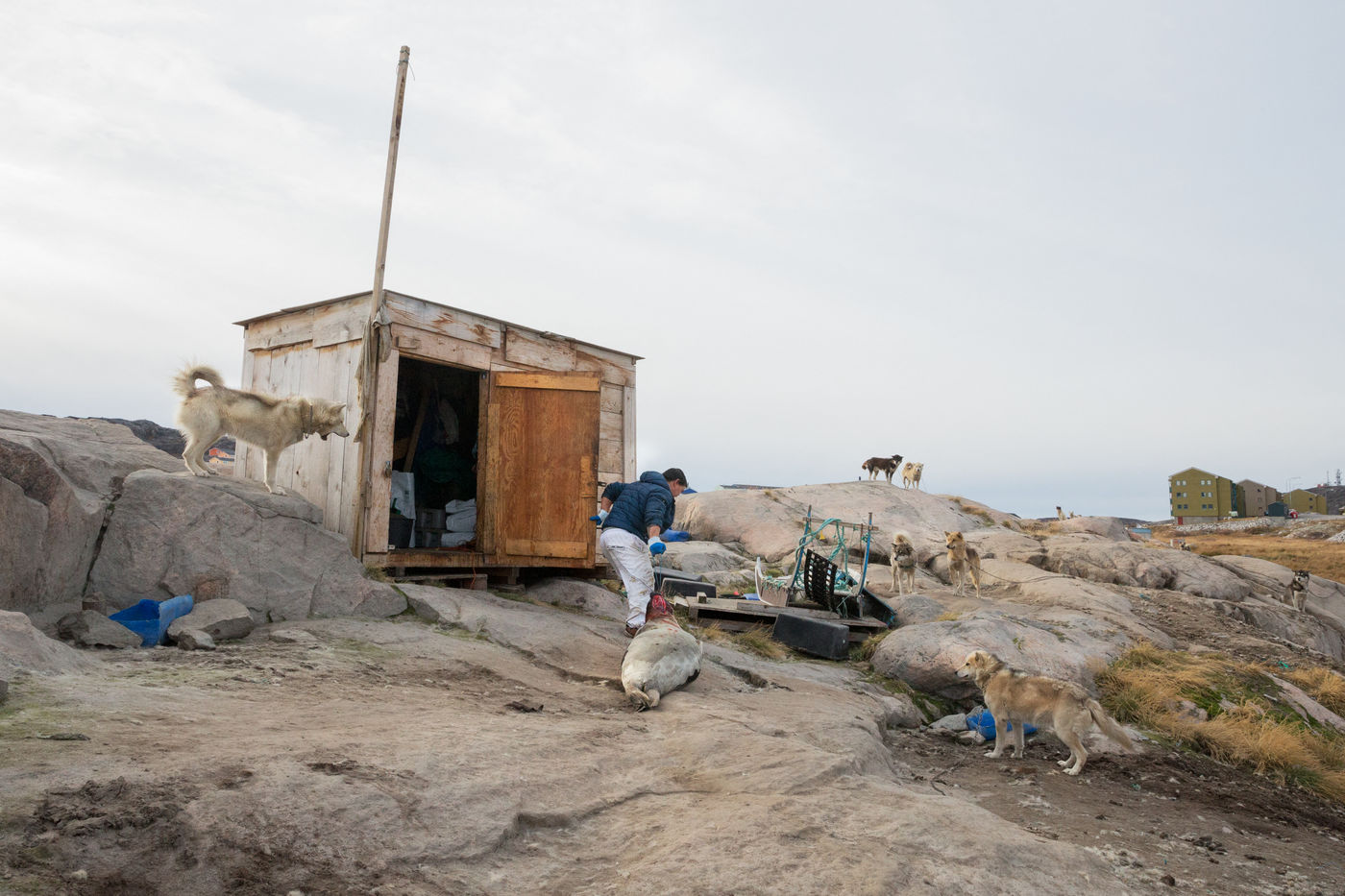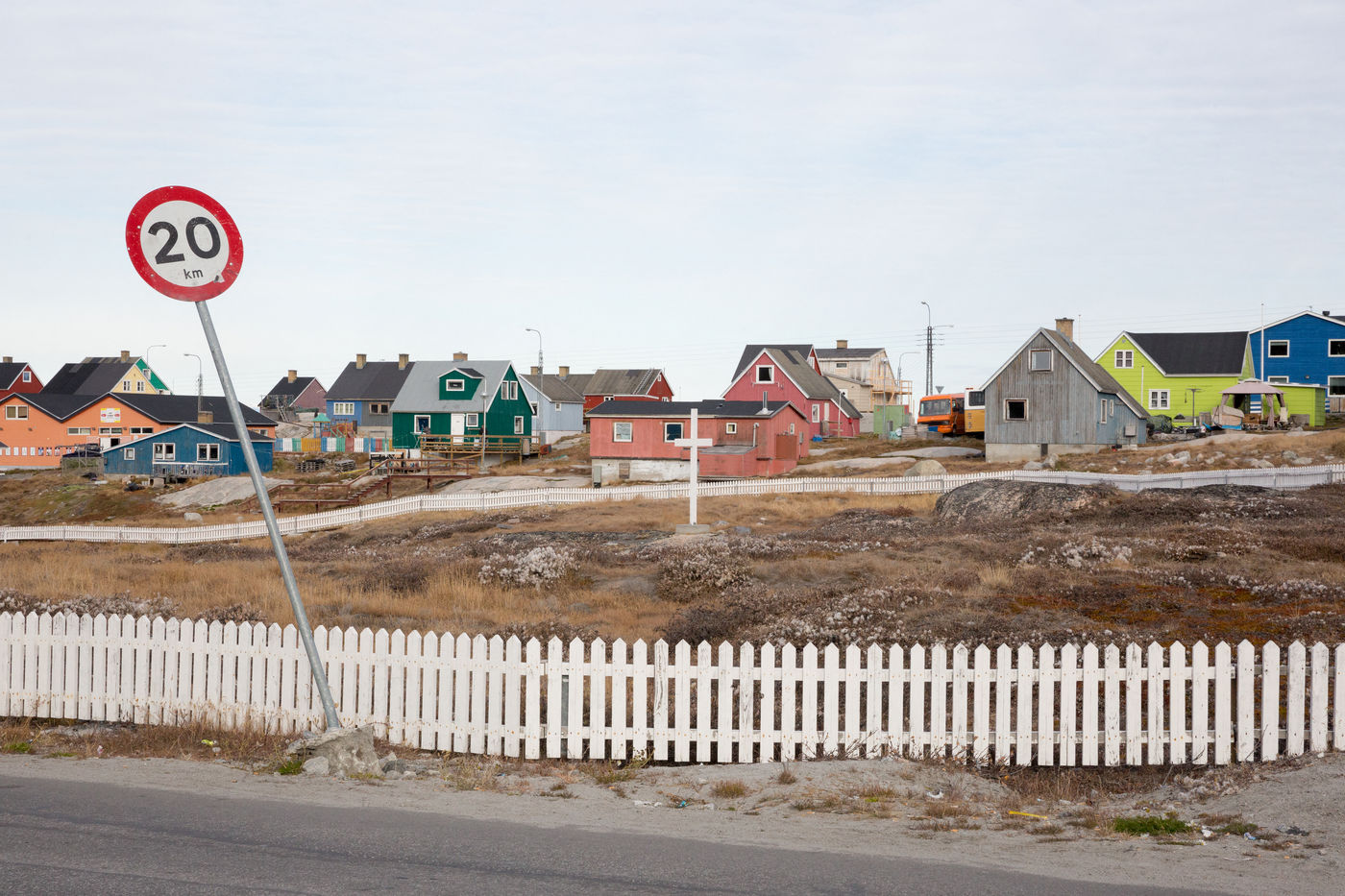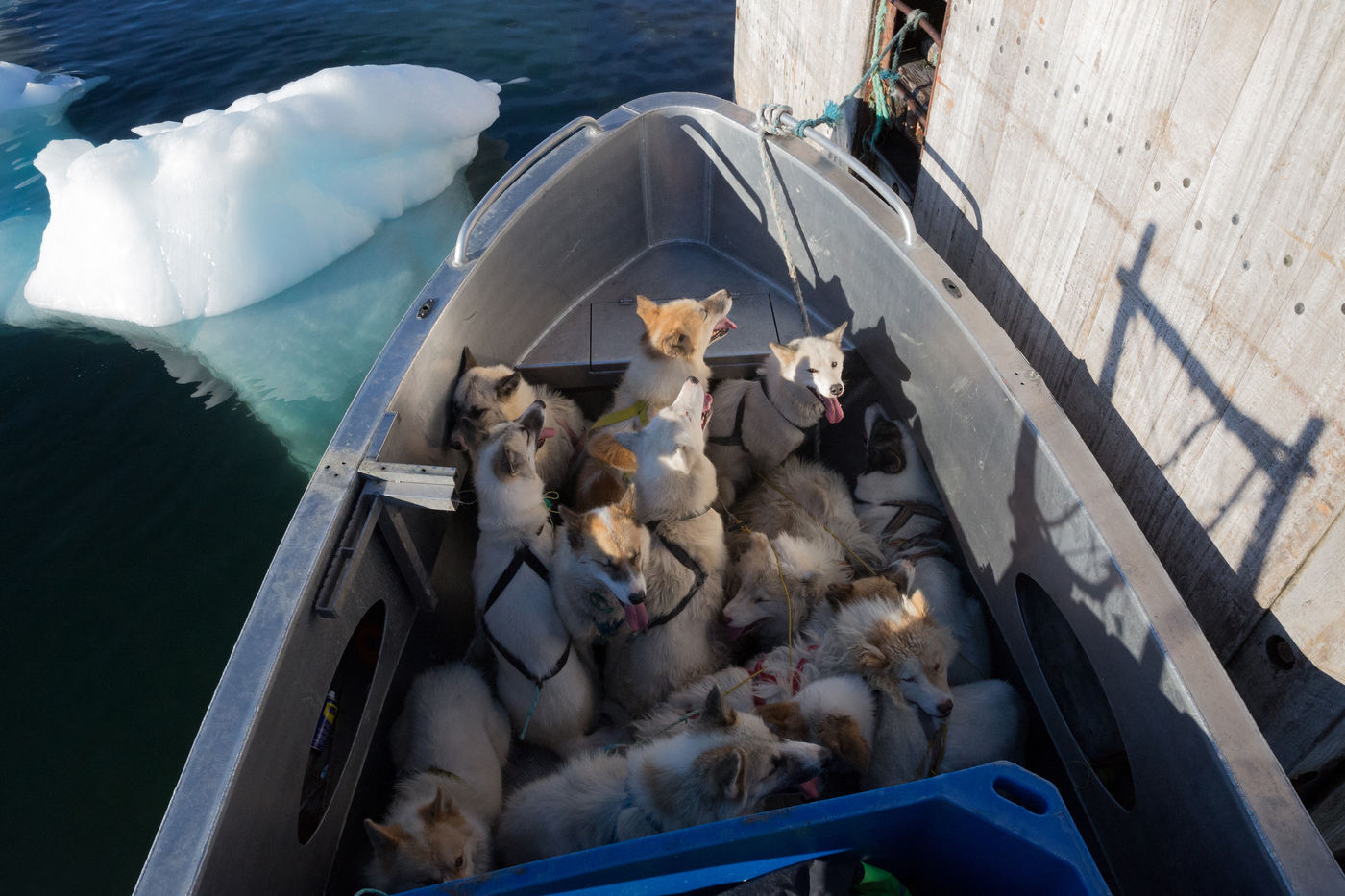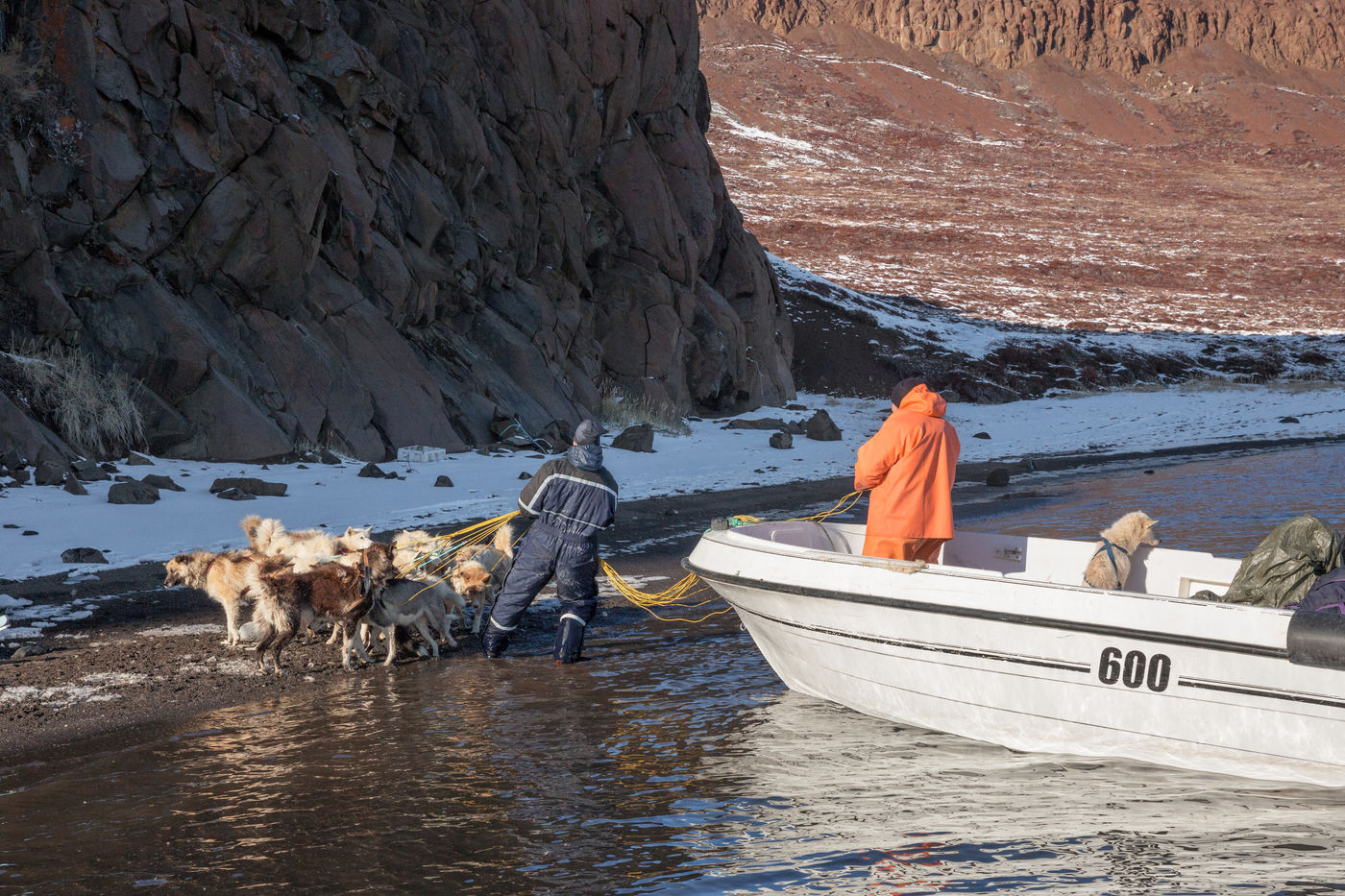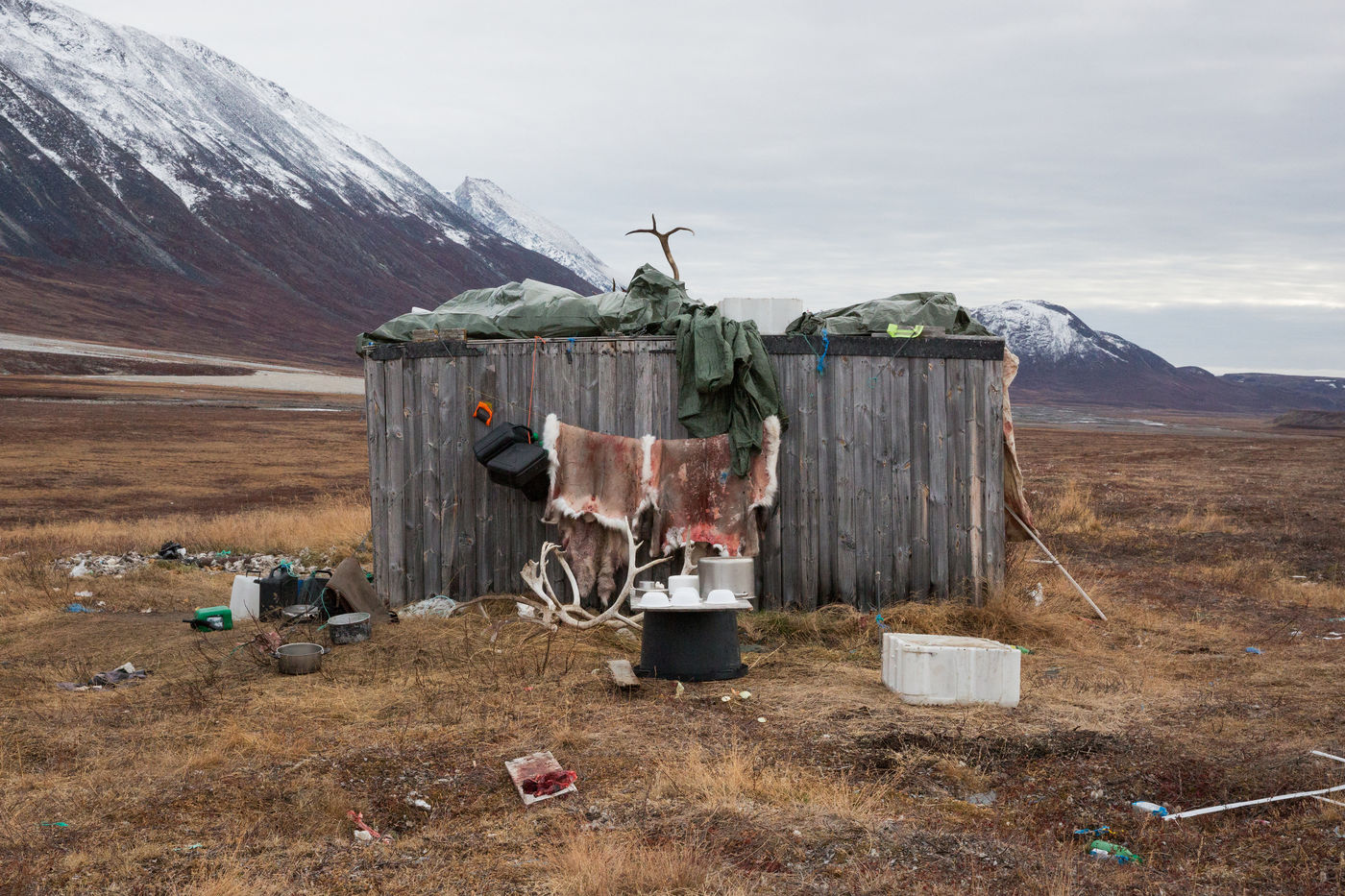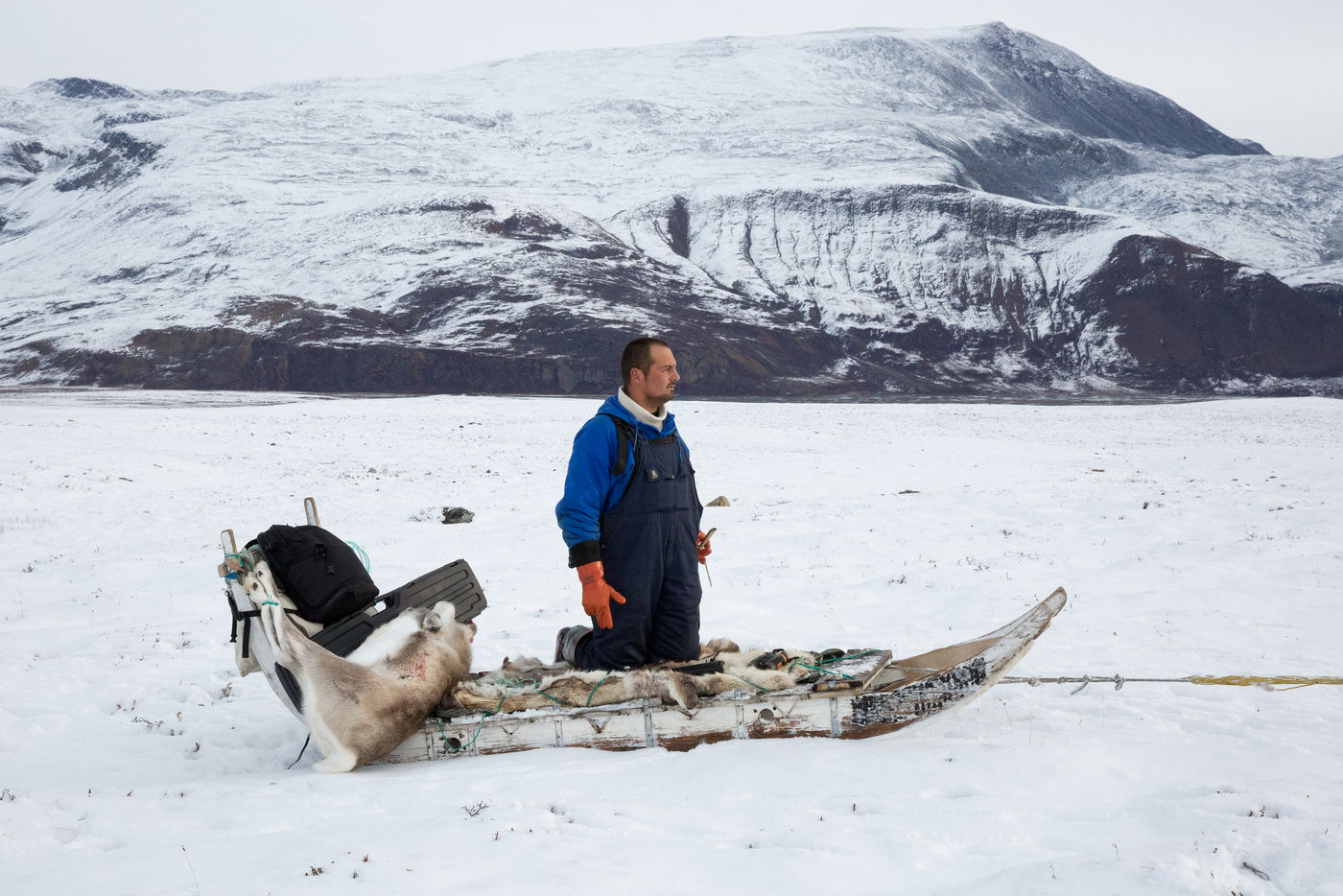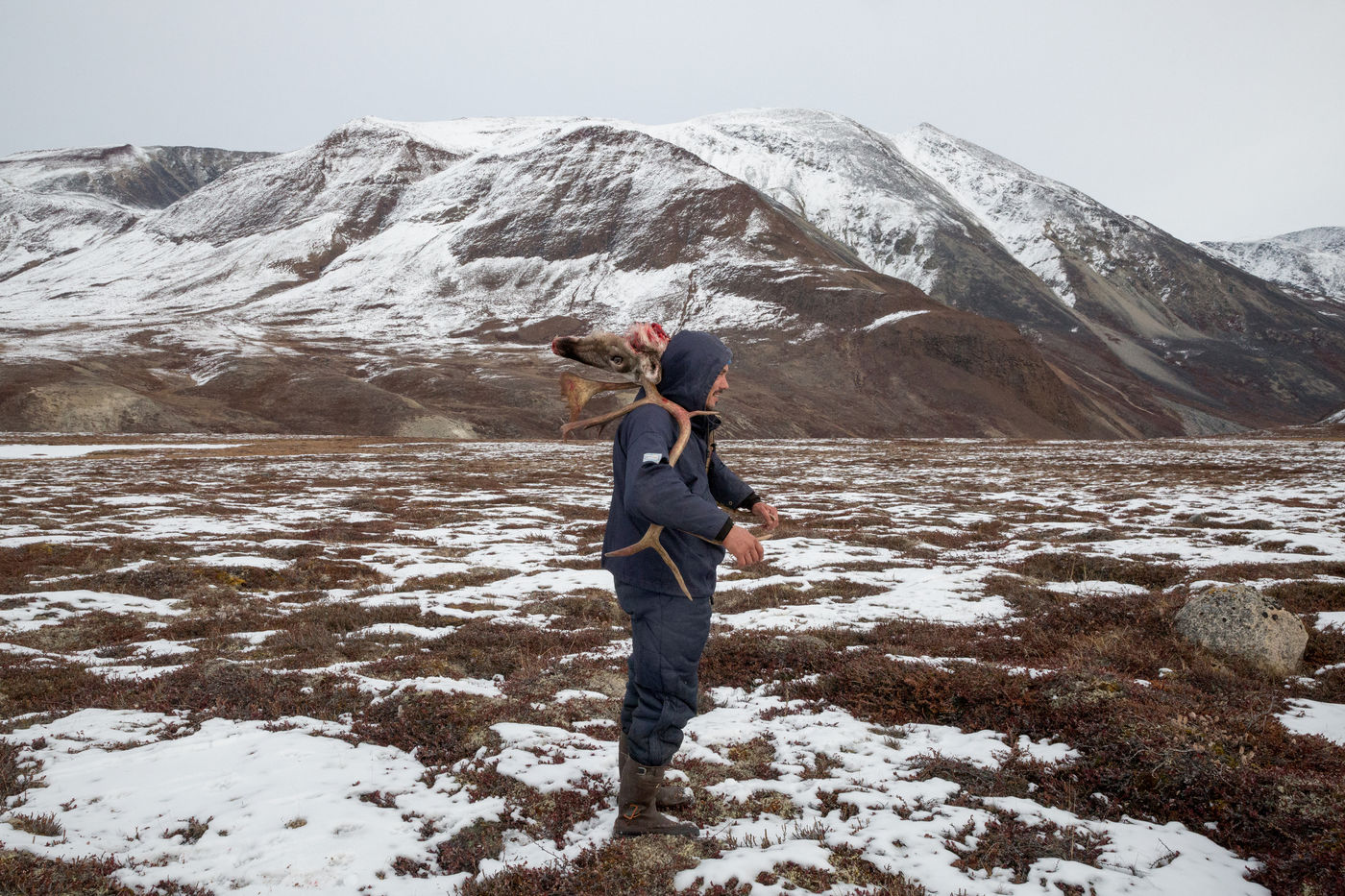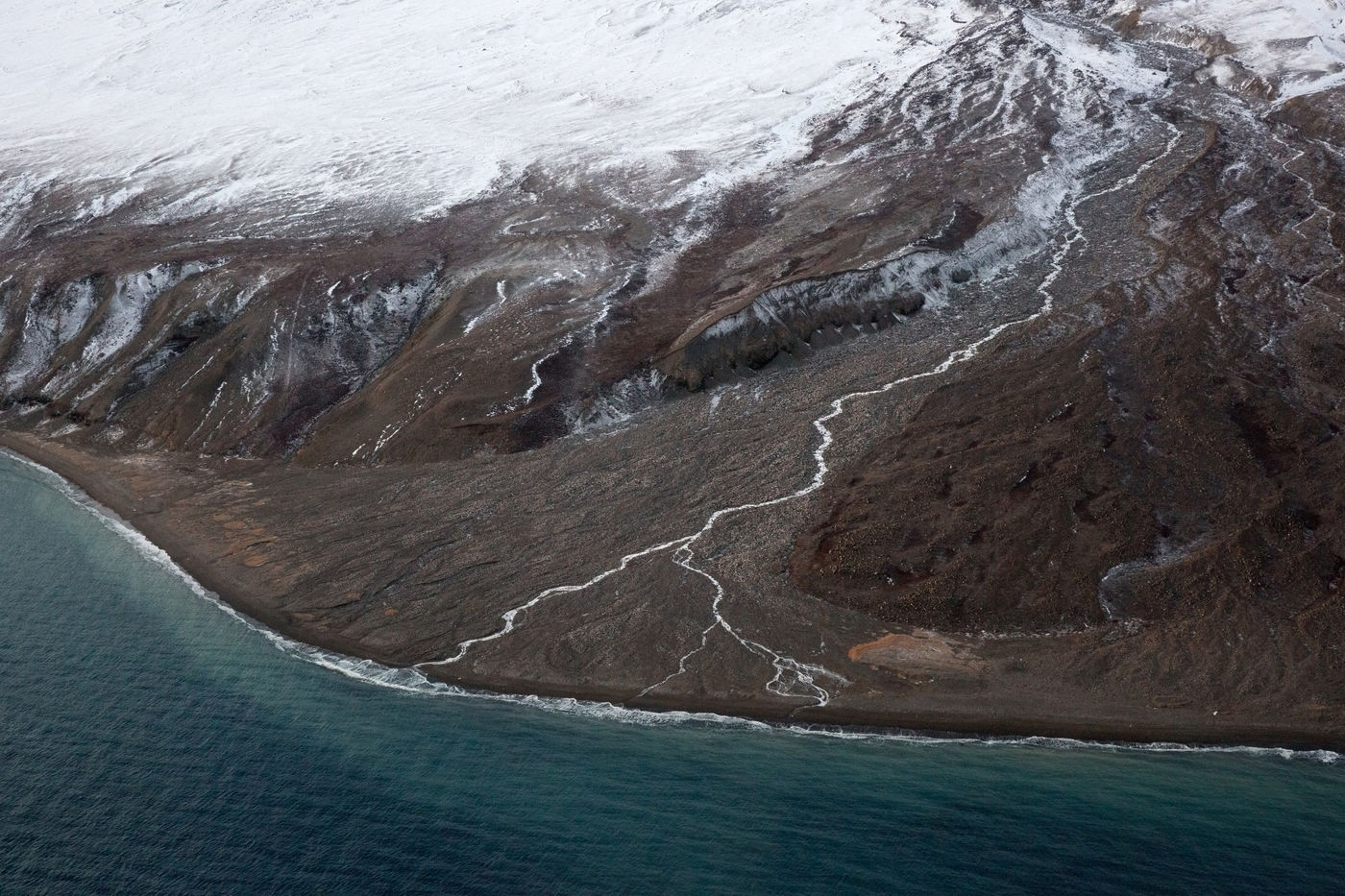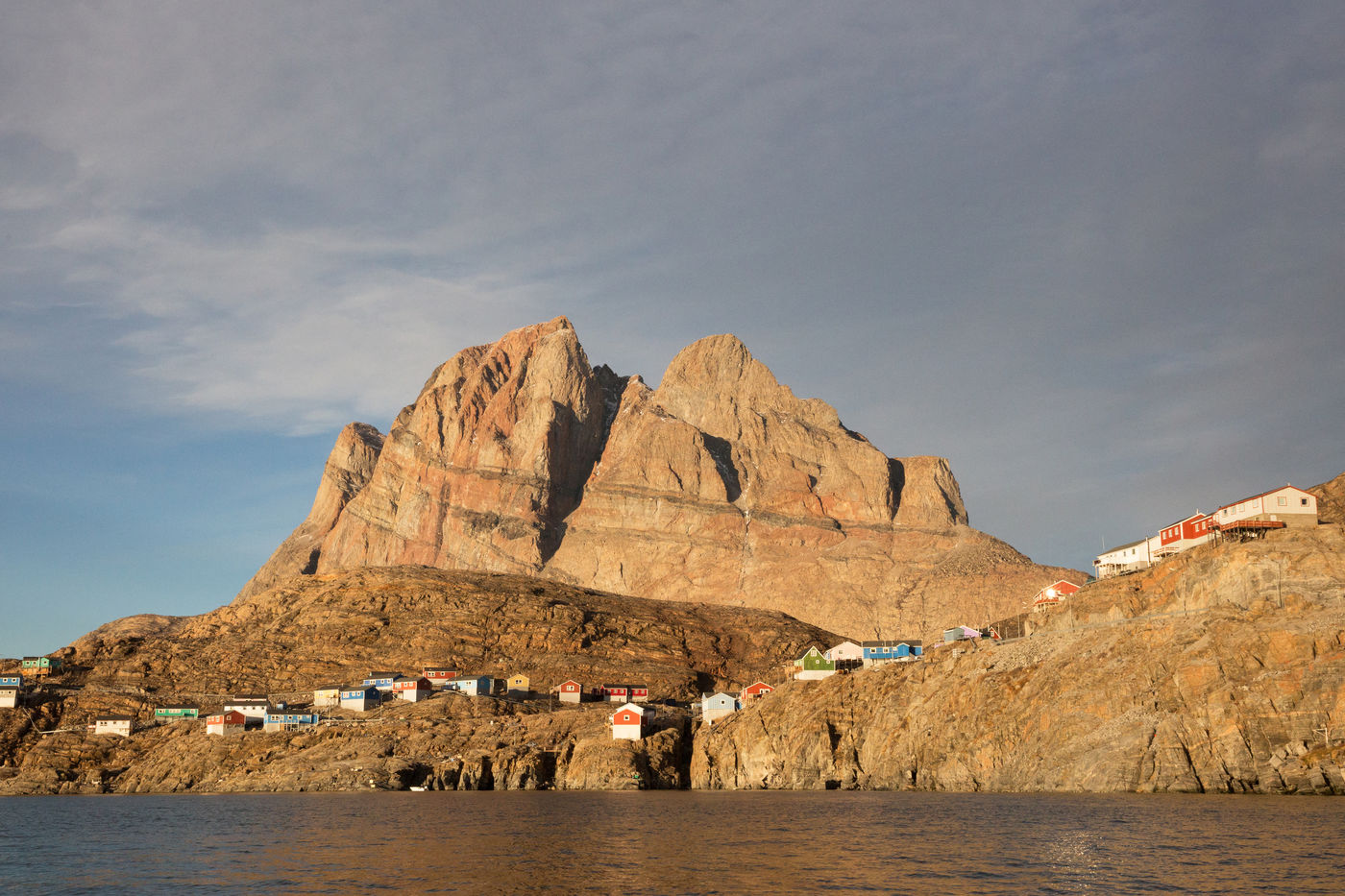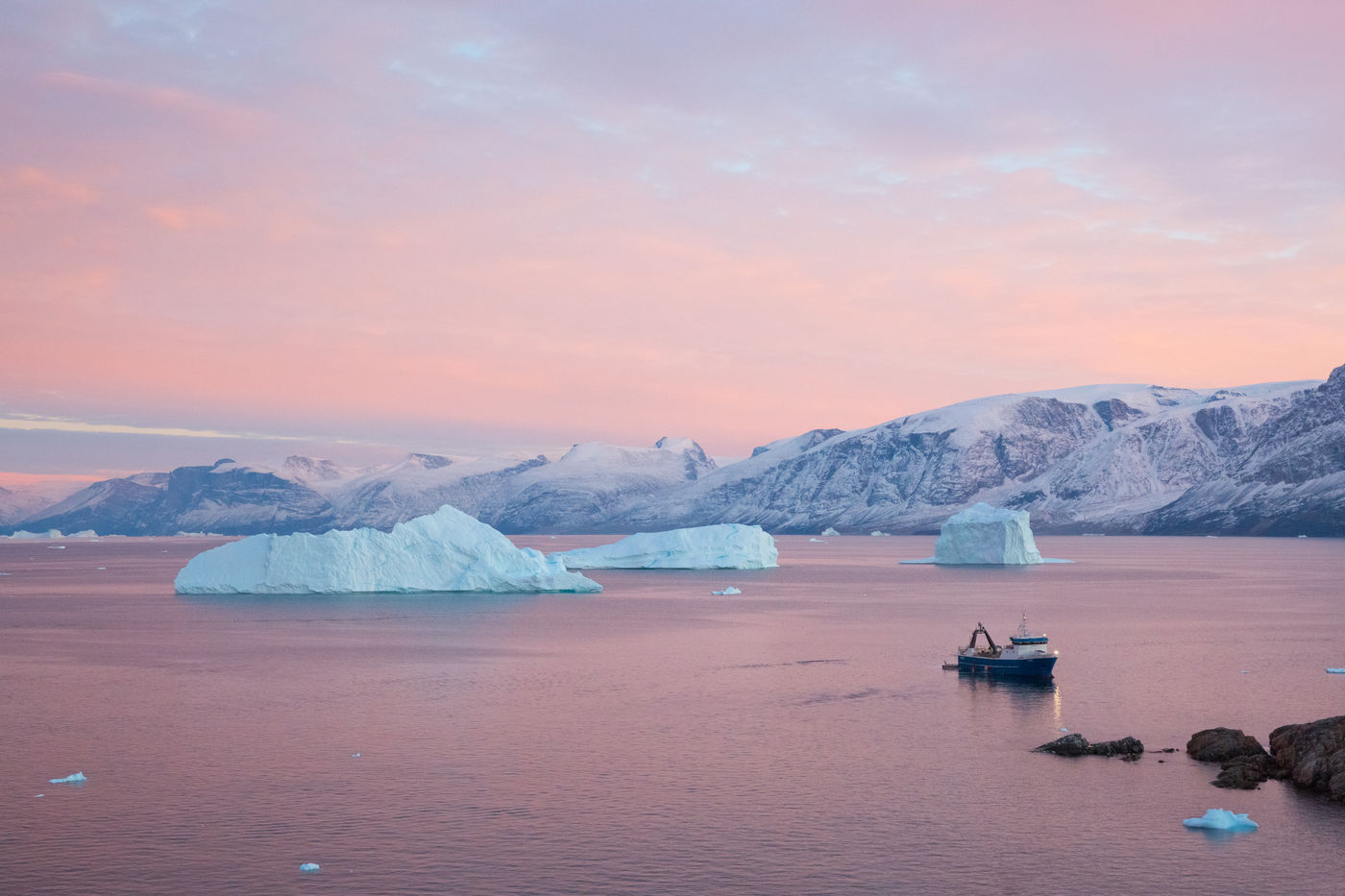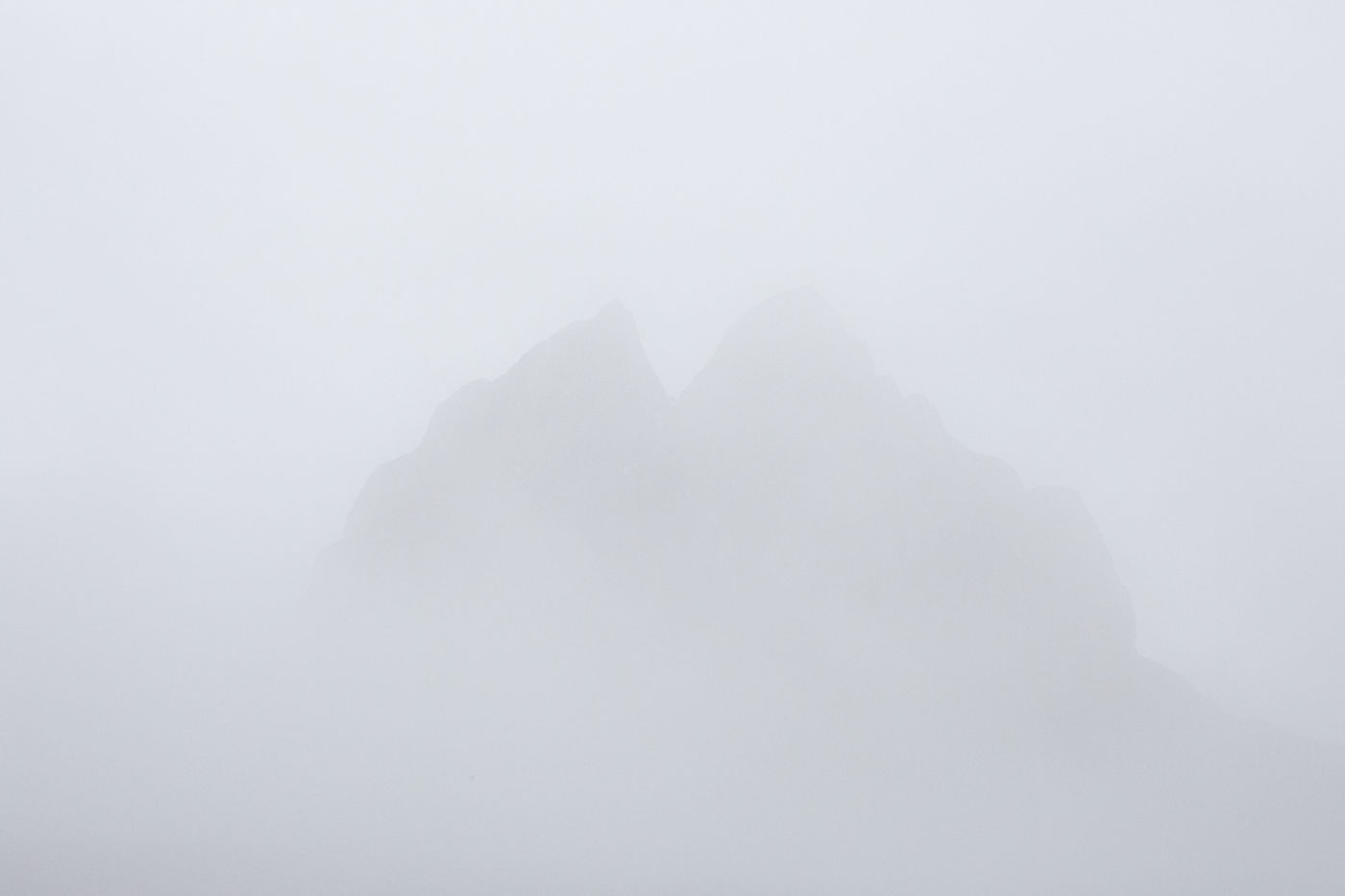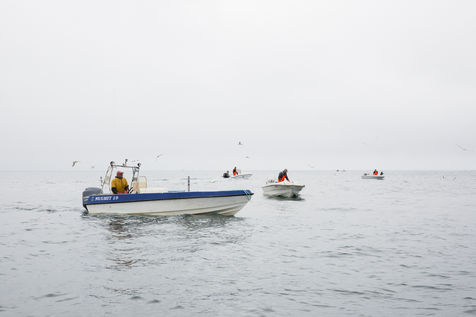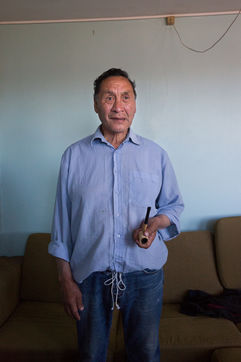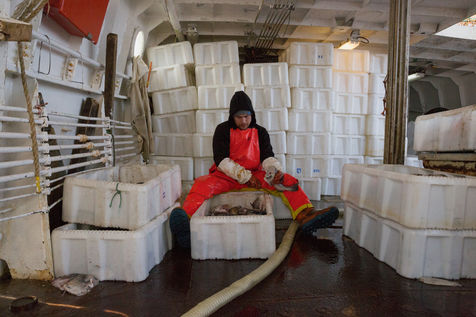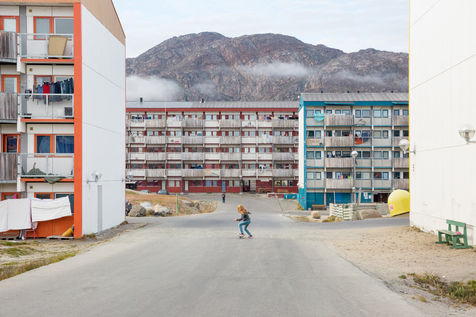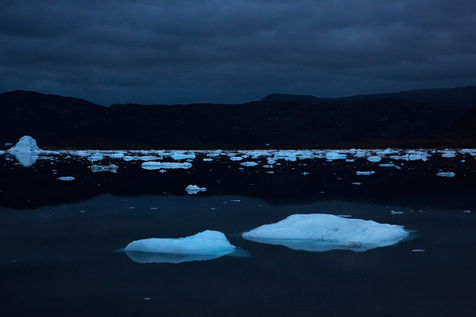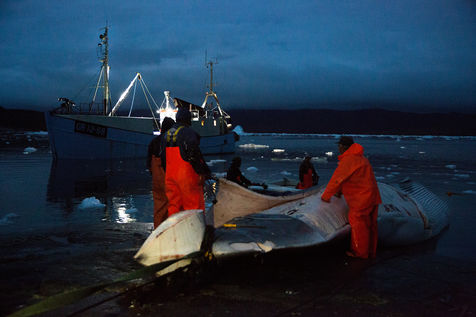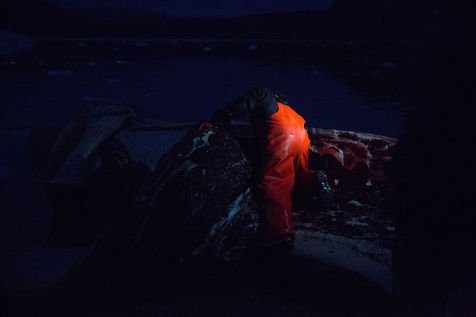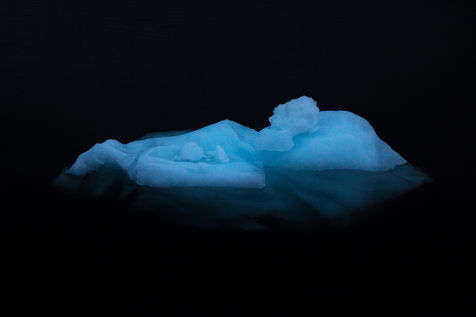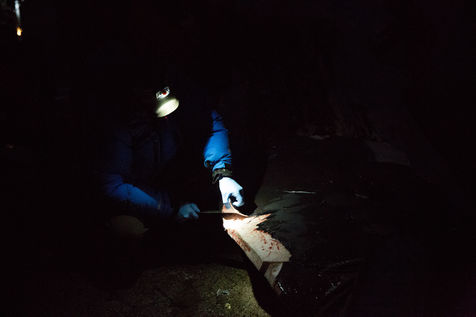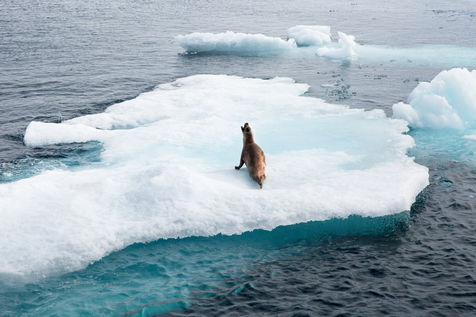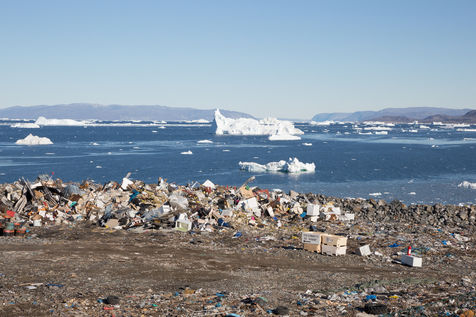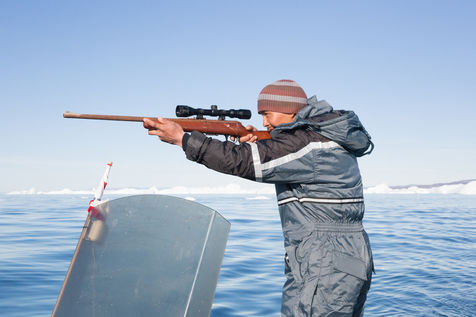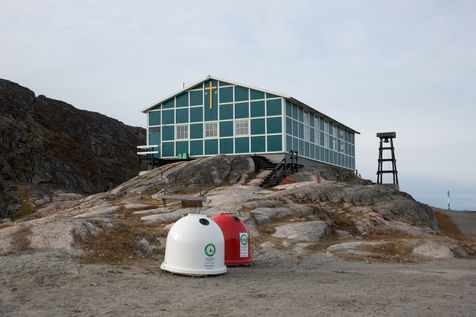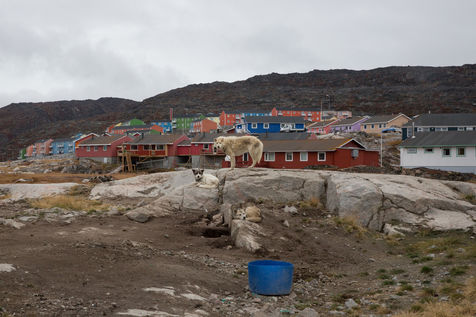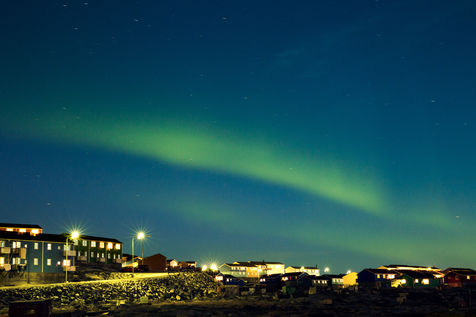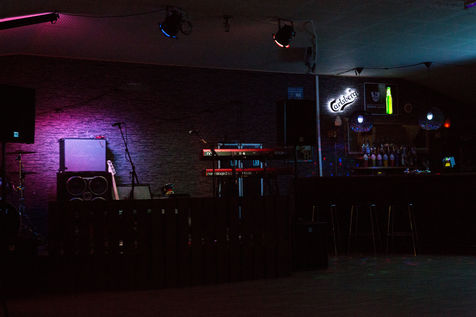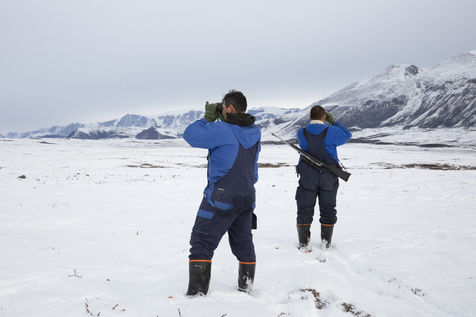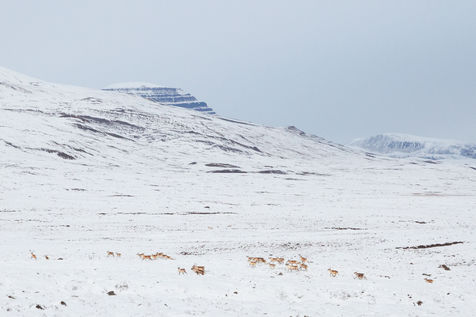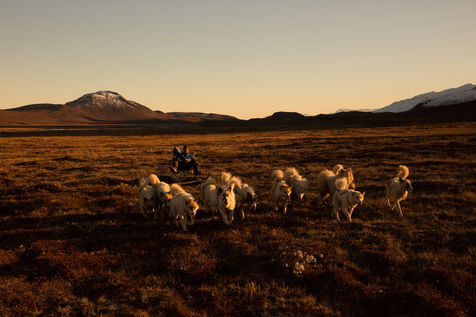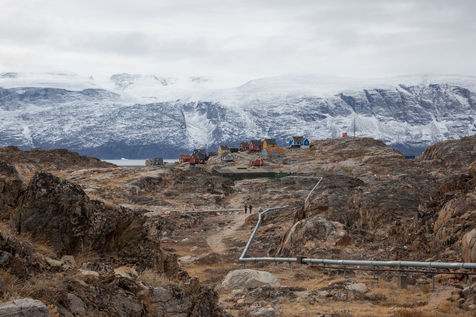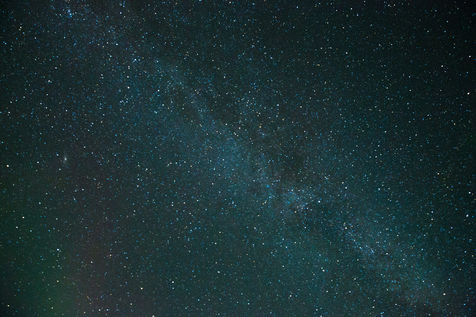Stories from the Sea
Côte Ouest du Groenland 2016
En juin dernier, j'ai quitté Paris pour devenir moussaillon. J'ai embarqué sur un petit navire d'expédition entre le Quebec, Terre-Neuve-et-Labrador, le Nunavut et le Groenland. Le voyage a commencé à Rivière-au-Renard, en Gaspésie, «le bout des terres». Puis nous avons jeté l'ancre dans de nombreux endroits accessibles, pour la plupart, qu'en bateau ou en hélicoptère. La nature y est encore omniprésente. Pendant 4 mois nous avons navigué à la rencontre des îles et des populations. Je présente ici la deuxième partie du voyage réalisée au Groenland.
Kalaallit Nunaat «Le pays des Groenlandais» est une immense île peuplée de 57 000 habitants, recouverte à 90% en son centre par une calotte glaciaire. Le Groenland est connu pour ses étendues sauvages, ses icebergs, ses traditions et sa richesse culturelle. Tout cela est vrai mais, contrairement aux idées reçues, la société groenlandaise s'est transformée et modernisée ces dernières décennies, s'ouvrant au mode de vie occidental et à ses problèmes.
Tout au long de la côte Ouest du Groenland, modernité et tradition coexistent dans des paysages très différents. Au sud et dans les grandes villes, la vie est plus moderne. Les HLM y fleurissent, comme les supermarchés et les touristes. Dans les villages au Nord et dans les communautés isolées, le mode de vie est plus traditionnel. La pêche et la chasse sont essentielles à la subsistance des habitants.
Le Groenland a obtenu son autonomie politique vis-à-vis du Danemark en 1979 et marche doucement vers l'indépendance économique. Le pays des glaces subit actuellement les effets du changement climatique. La fonte des glaces pose de nouvelles questions territoriales, environnementales, économiques et politiques. La question de l'indépendance est aujourd'hui liée à celle de l'exploitation.
Série réalisée, entre juin et octobre 2016, dans le cadre de la résidence d'artiste le Bateau Givre effectuée sur Le Manguier
Stories from the Sea
West Greenland
Last June, I left Paris to become a sailor. I embarked a small expedition vessel between Quebec, Terre-Neuve-et-Labrador, Nunavut, and Greenland. The trip started at Riviere-au-Renard, in the Gaspé Peninsula. We then dropped anchor in multiple places, of which mostly were only accessible by boat or helicopter. Nature is still omnipresent there. For four months we sailed to discover islands and their populations. I present here the second part of the expedition, in Greenland.
Kalaallit Nunaat, "the land of Greenlanders" is an immense island of 57,000 inhabitants, 90% covered in its centre by the ice floe. Greenland is famous for its wildness, its icebergs, traditions and cultural diversity. All this is true, but contrary to common beliefs, the Greenlandic society has transformed and modernised in the last decades, opening up to the western world and its issues.
All along the west coast of Greenland, modernity and traditions co-exist in very different landscapes. In the south and big cities, life is very much modern. Social houses are blooming, so do supermarkets and tourists. In northern villages and isolated communities, the lifestyle is more traditional. Hunting and fishing are essential to the inhabitants' existence.
Greenland became politically independent from Denmark in 1979 and is slowly getting on the path to economic independency. The "ice country" is currently facing the consequences of climate change. The melting of the ice is creating new concerns regarding the territory, the environment, the economy, and politics. The question of independency is now closely linked to the question of exploitation.
June october 2016 with the support of the expedition boat Le Manguier

